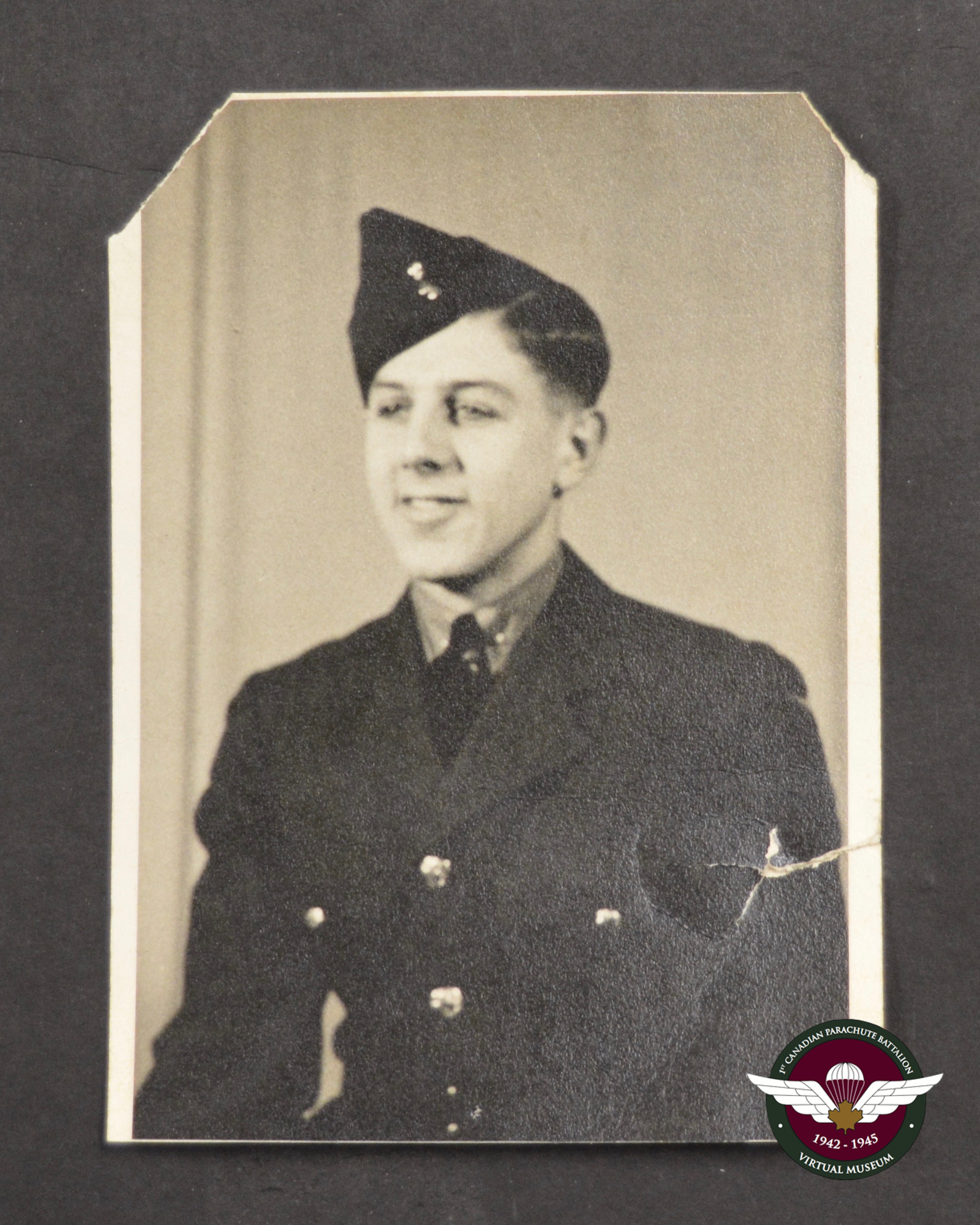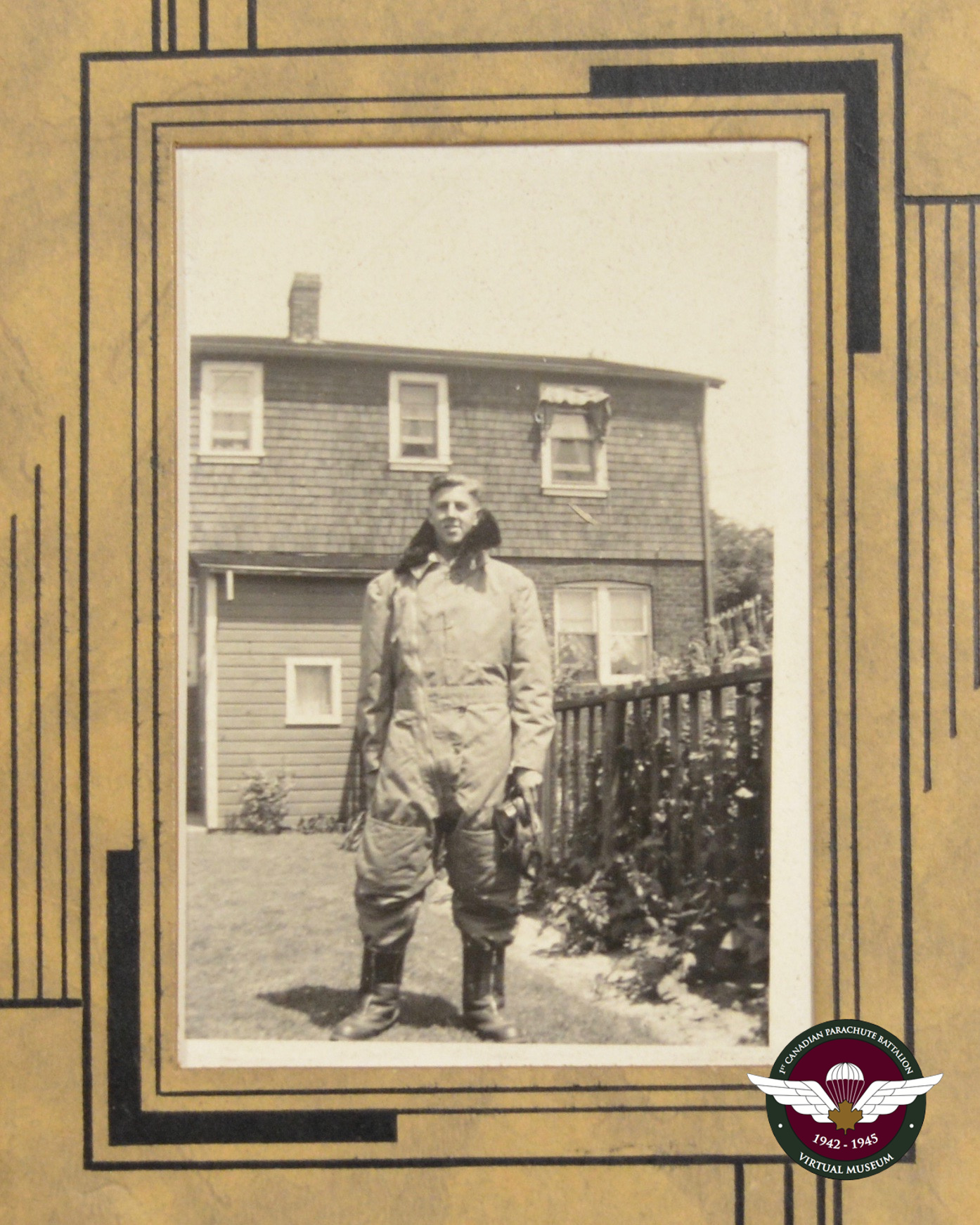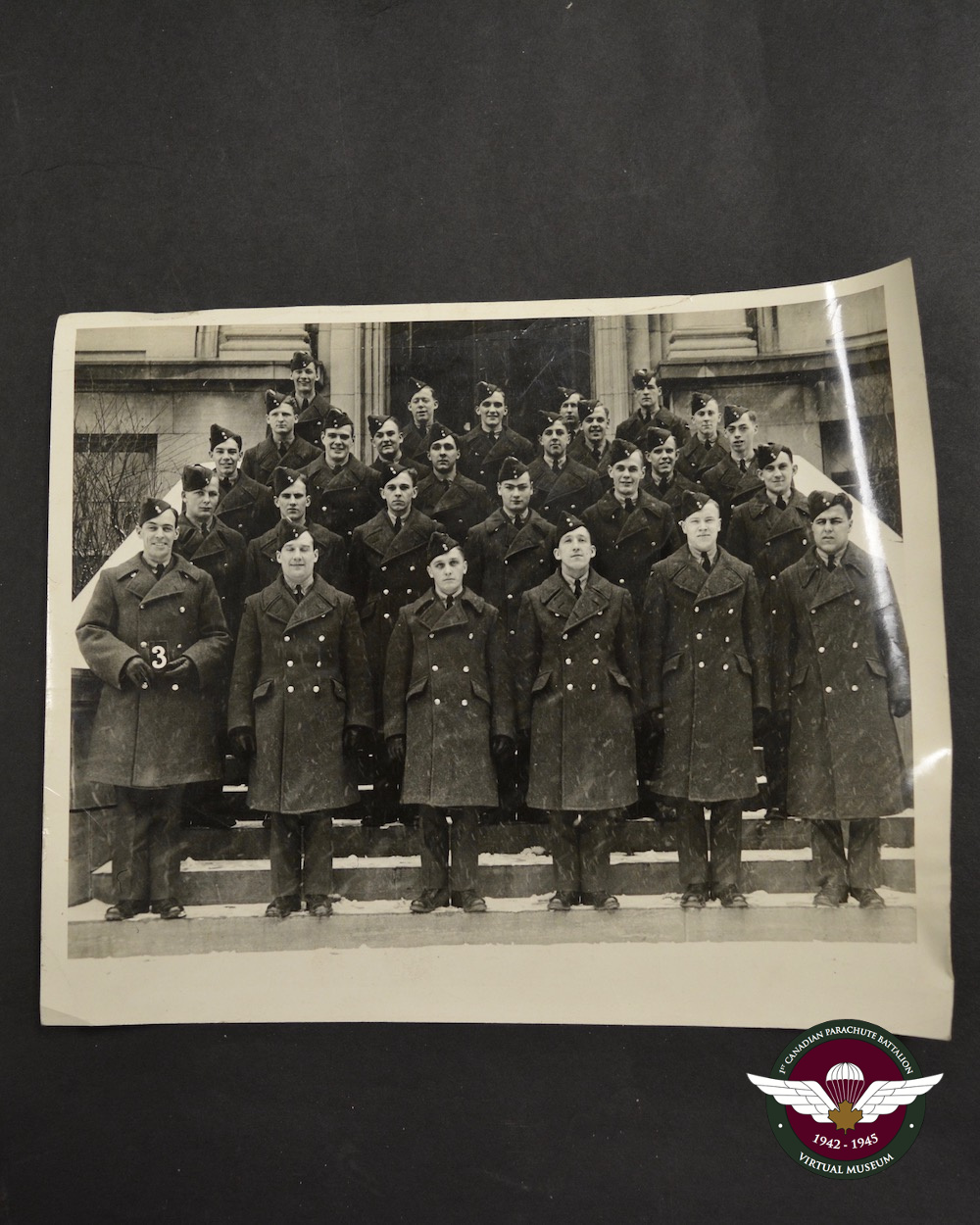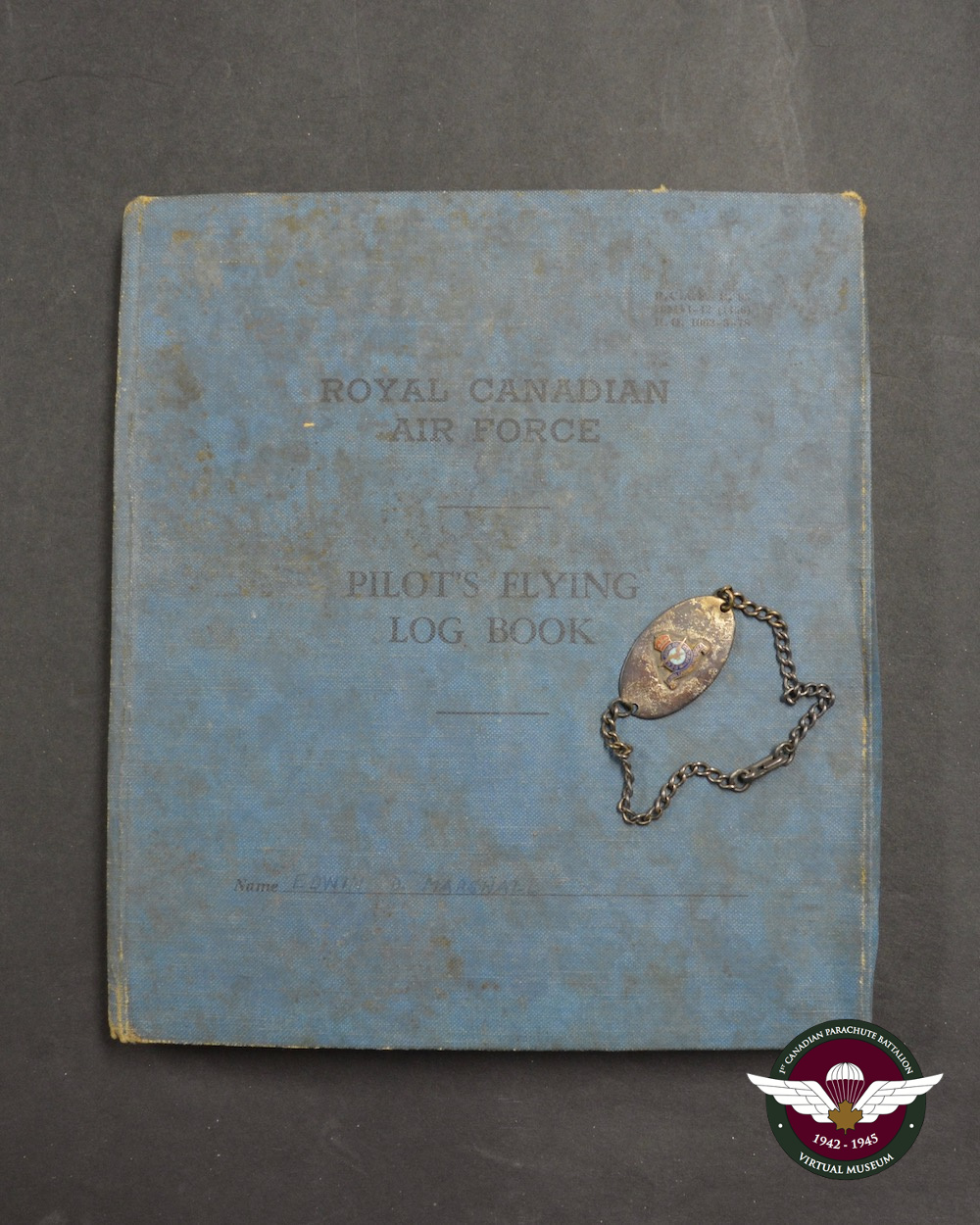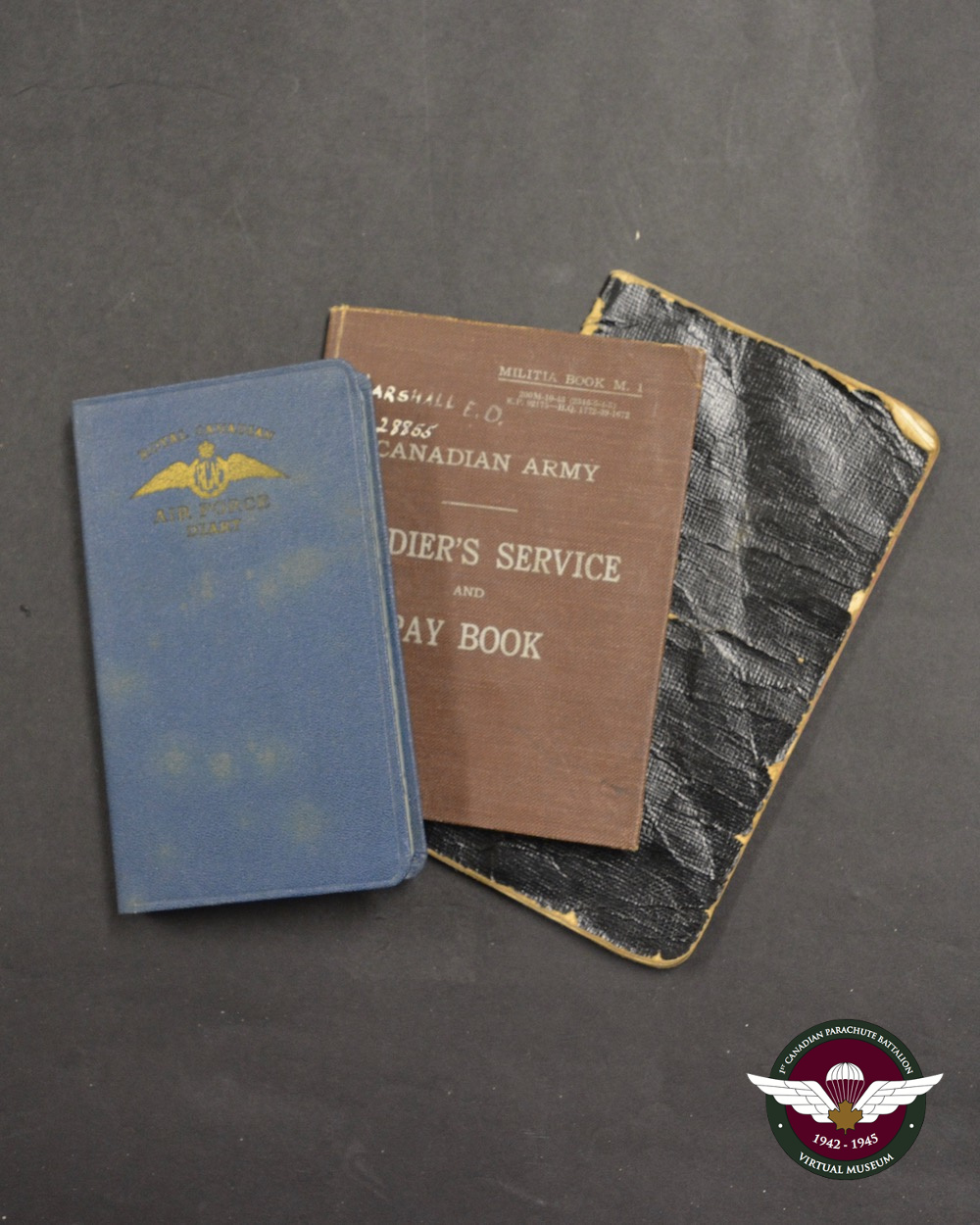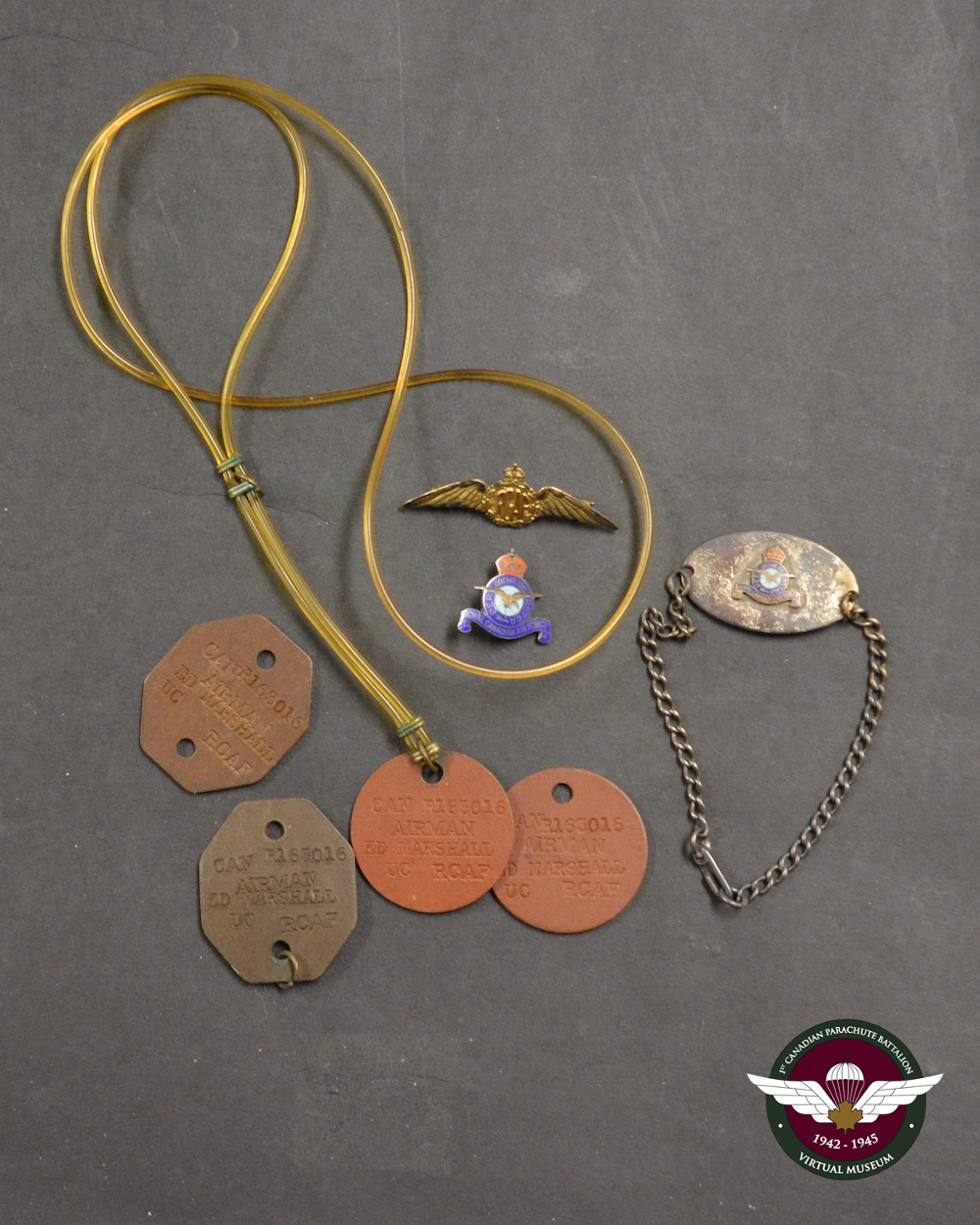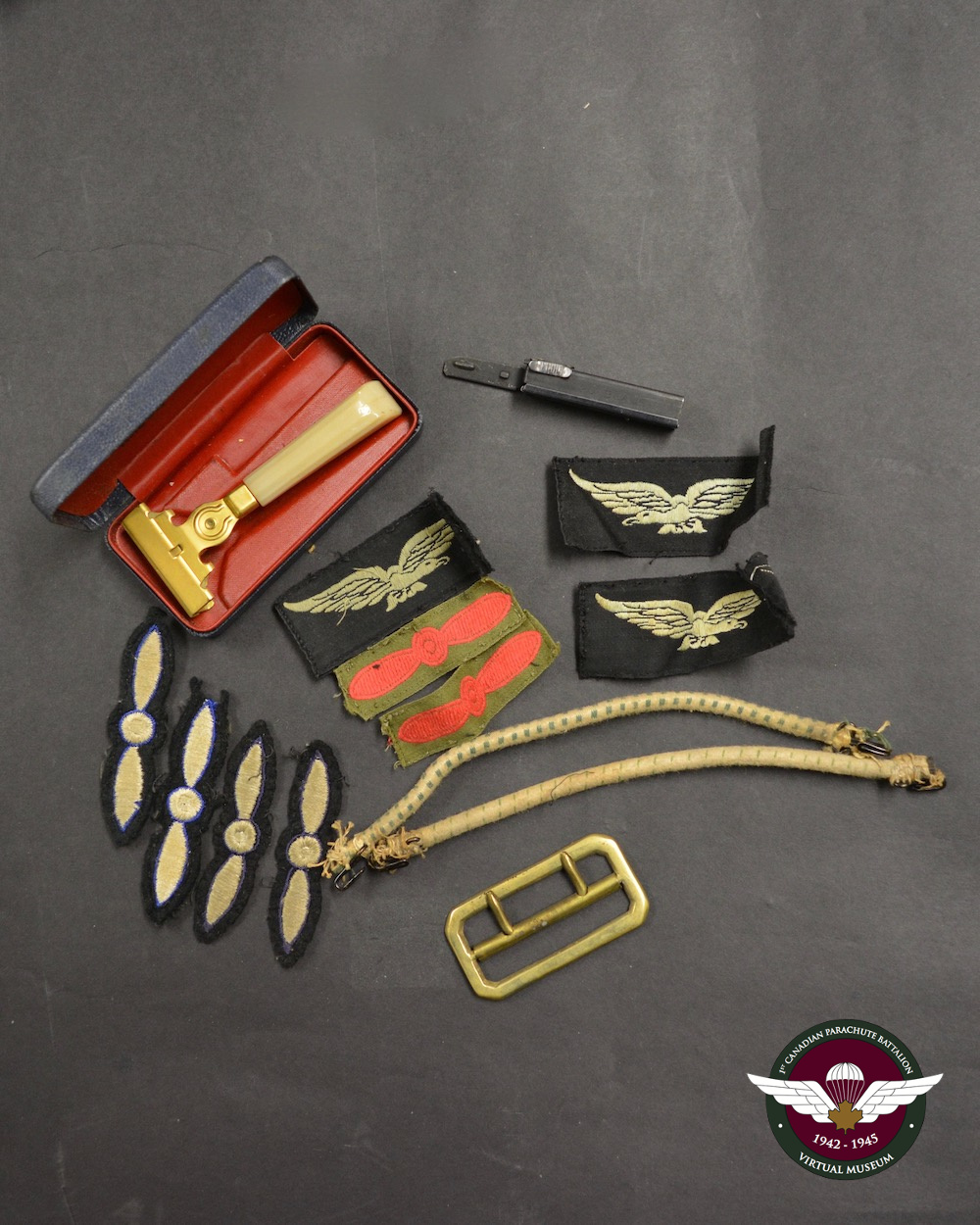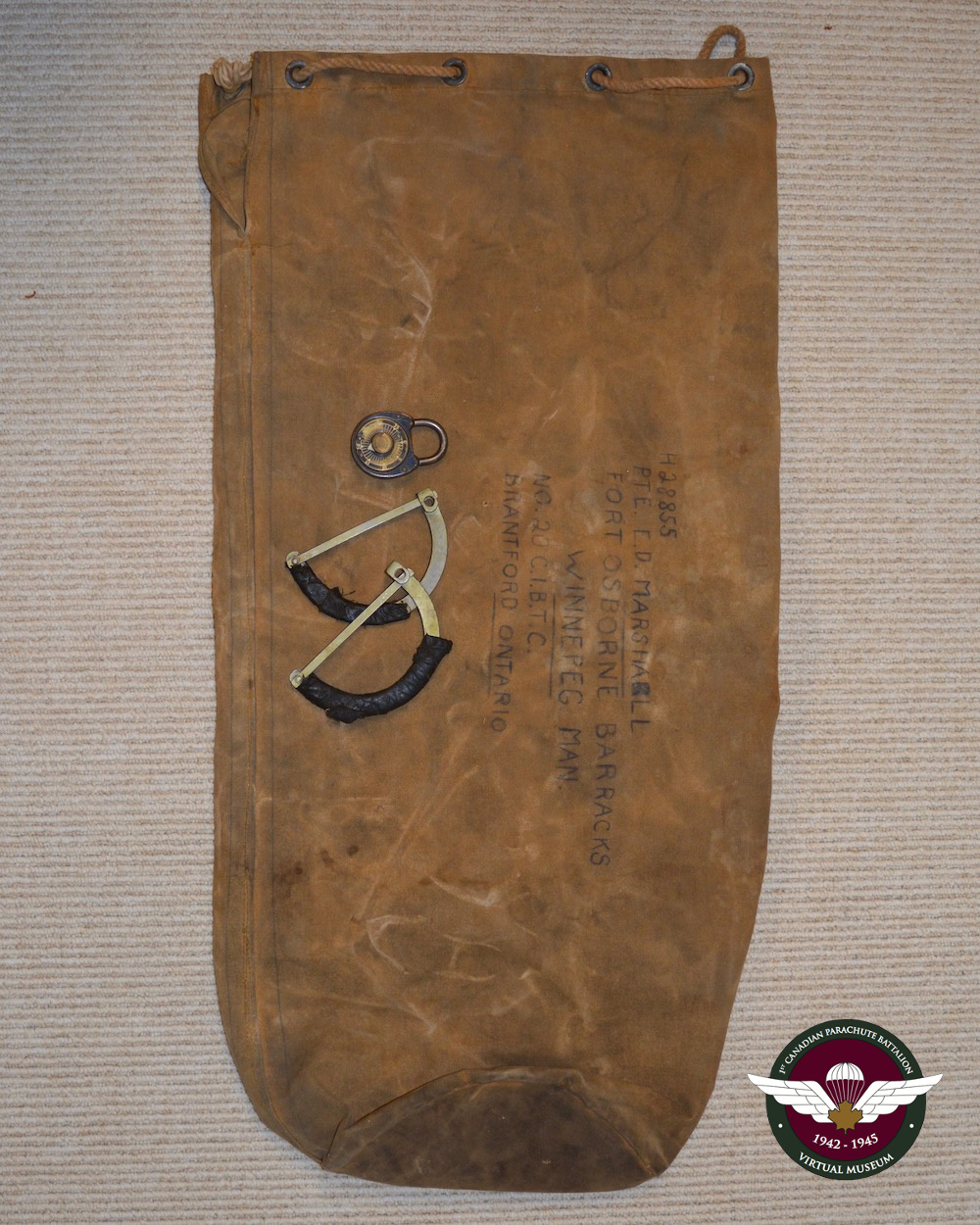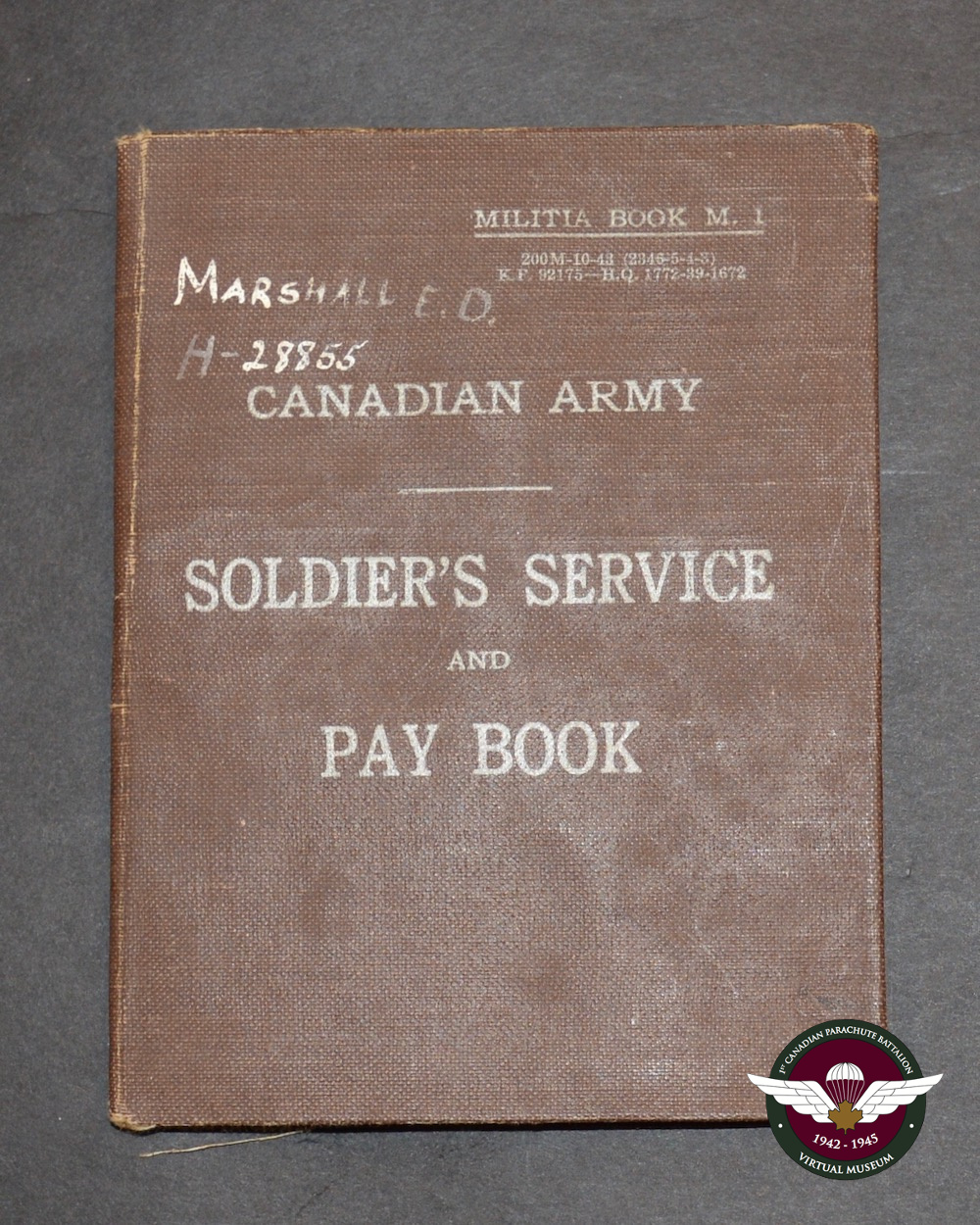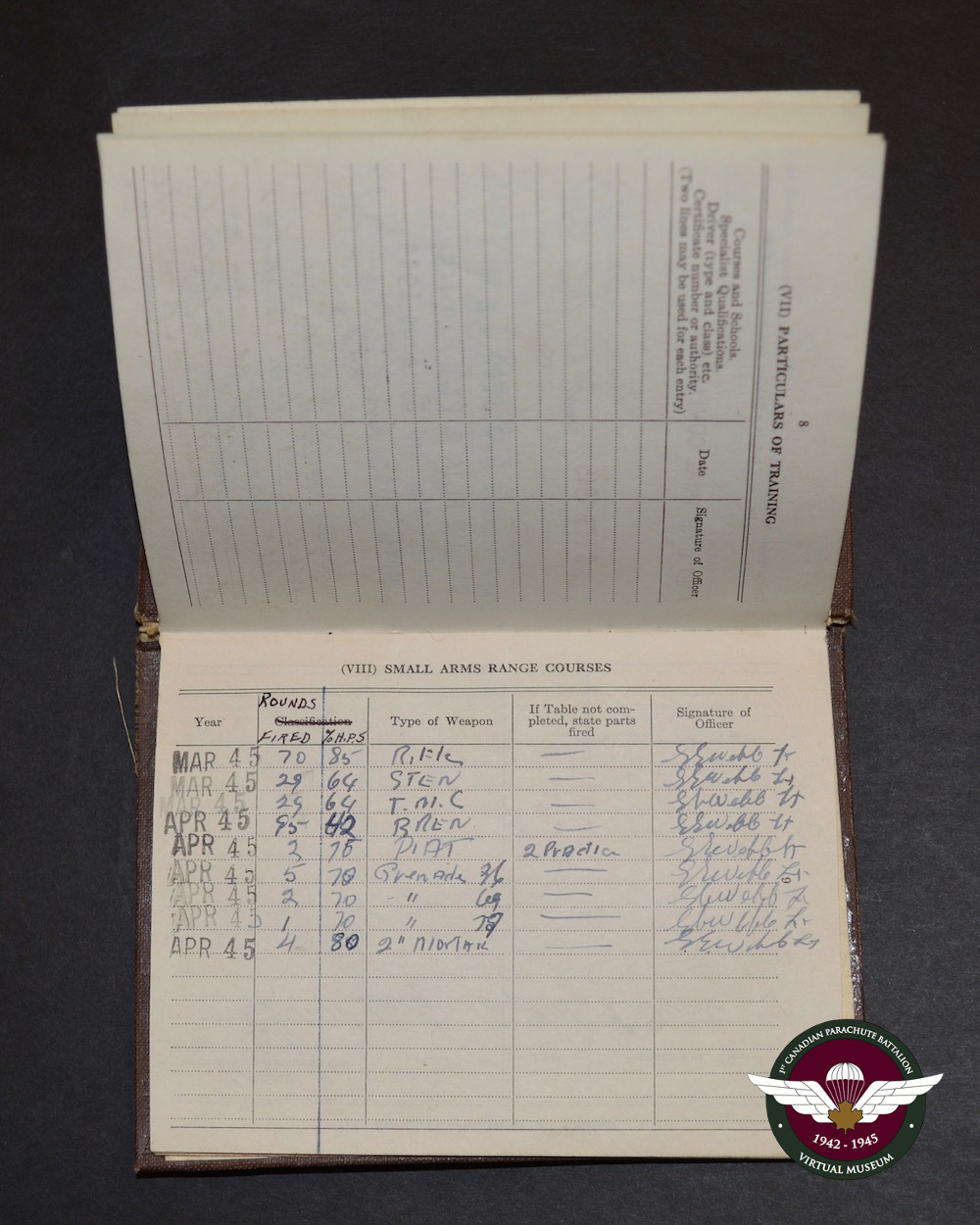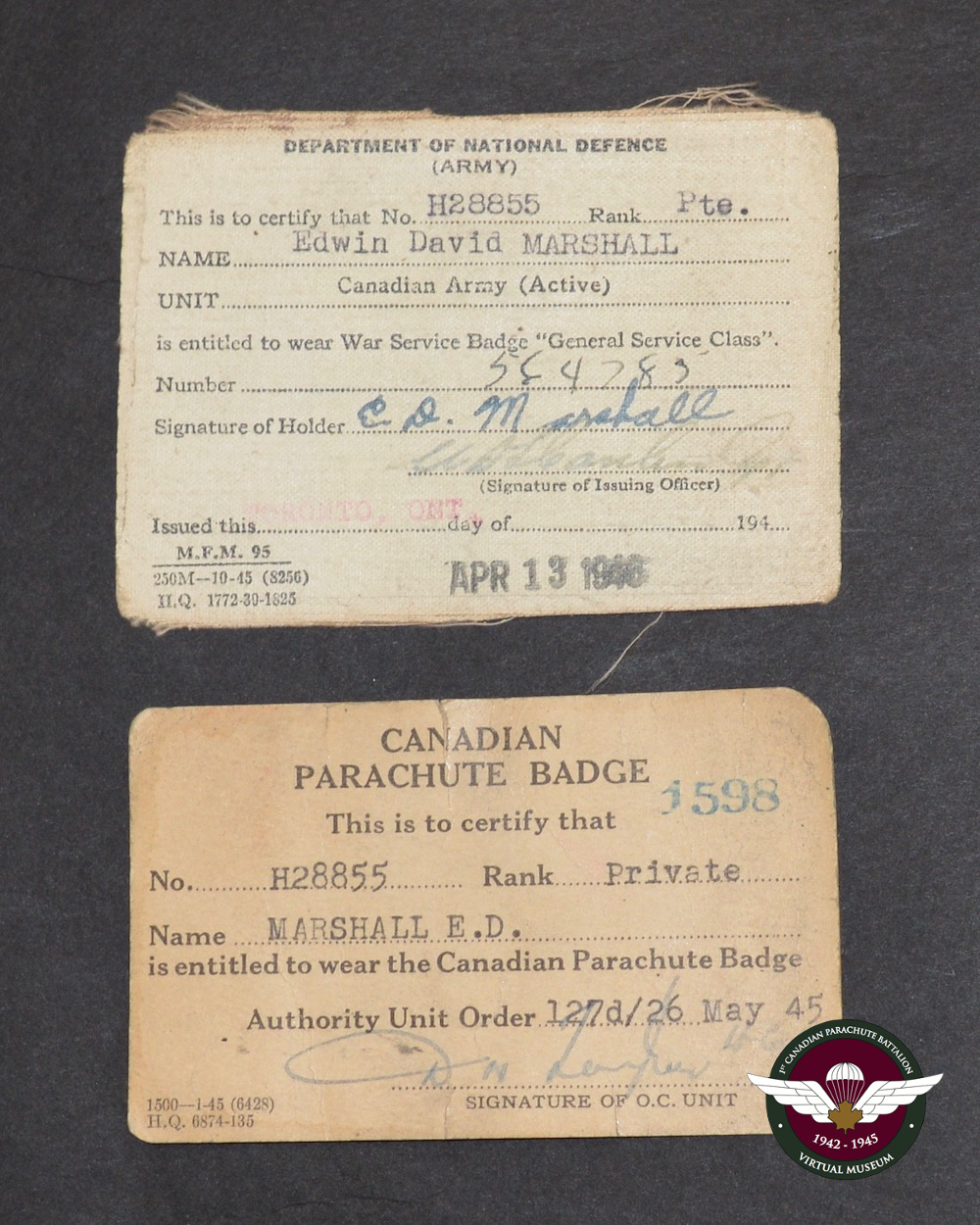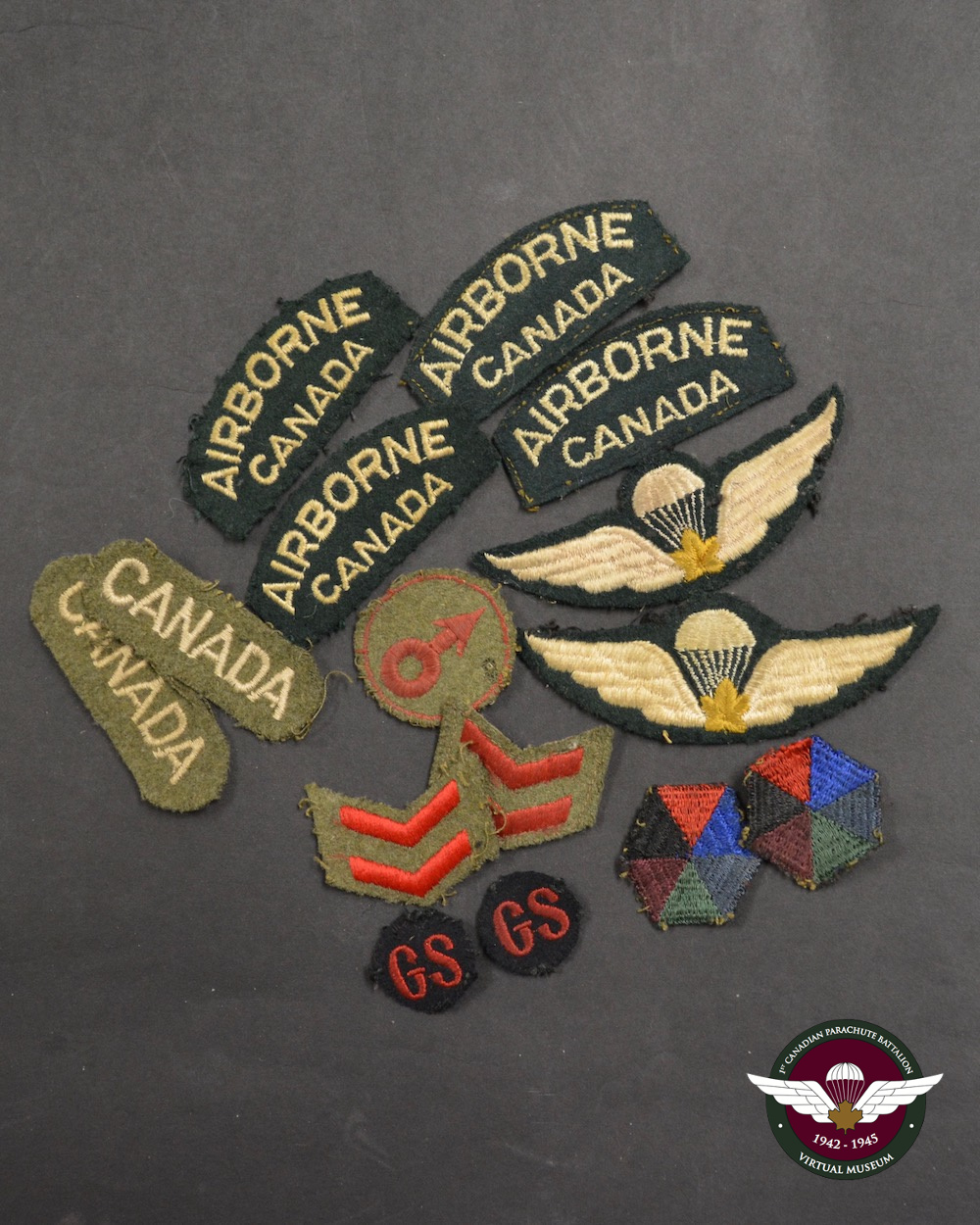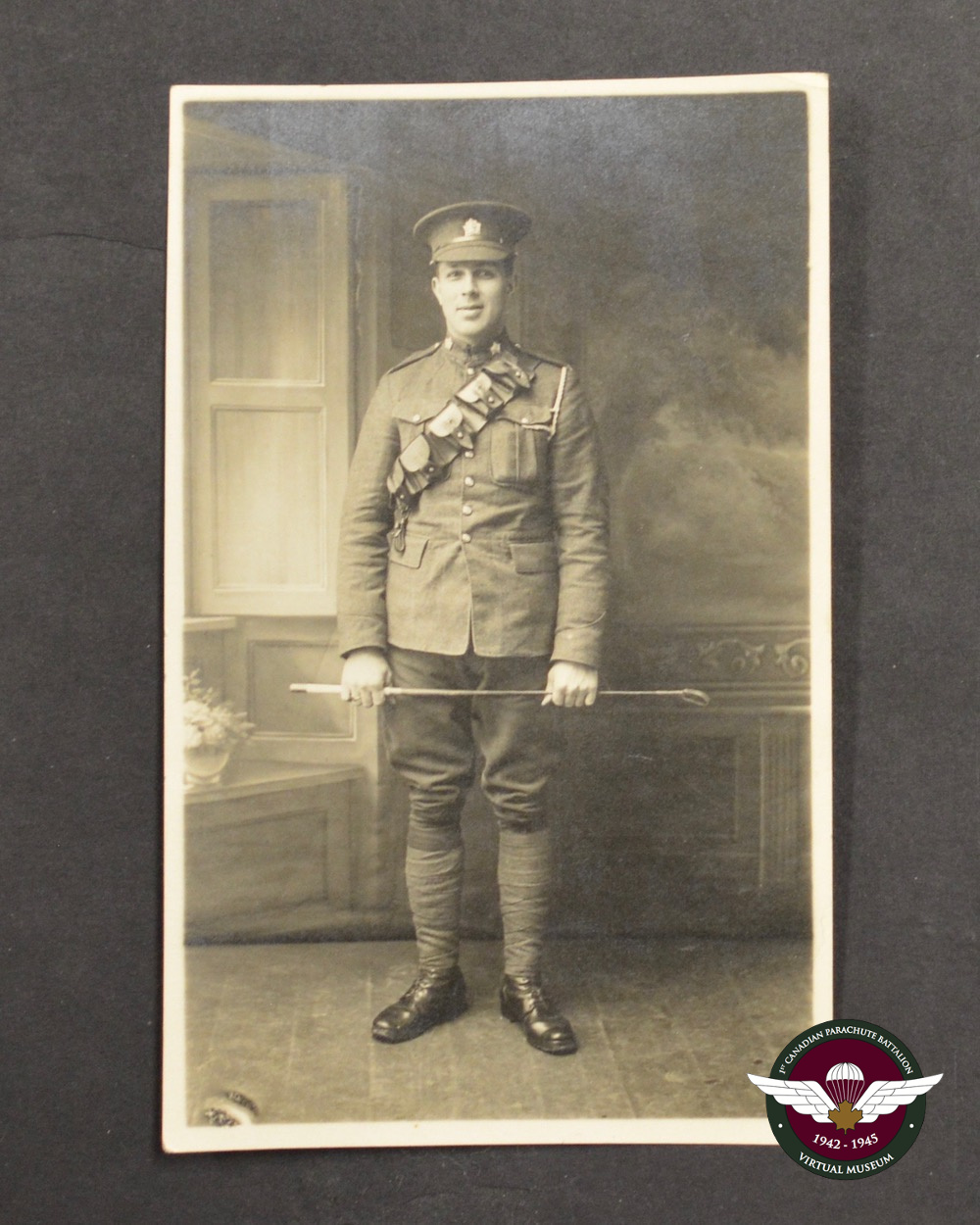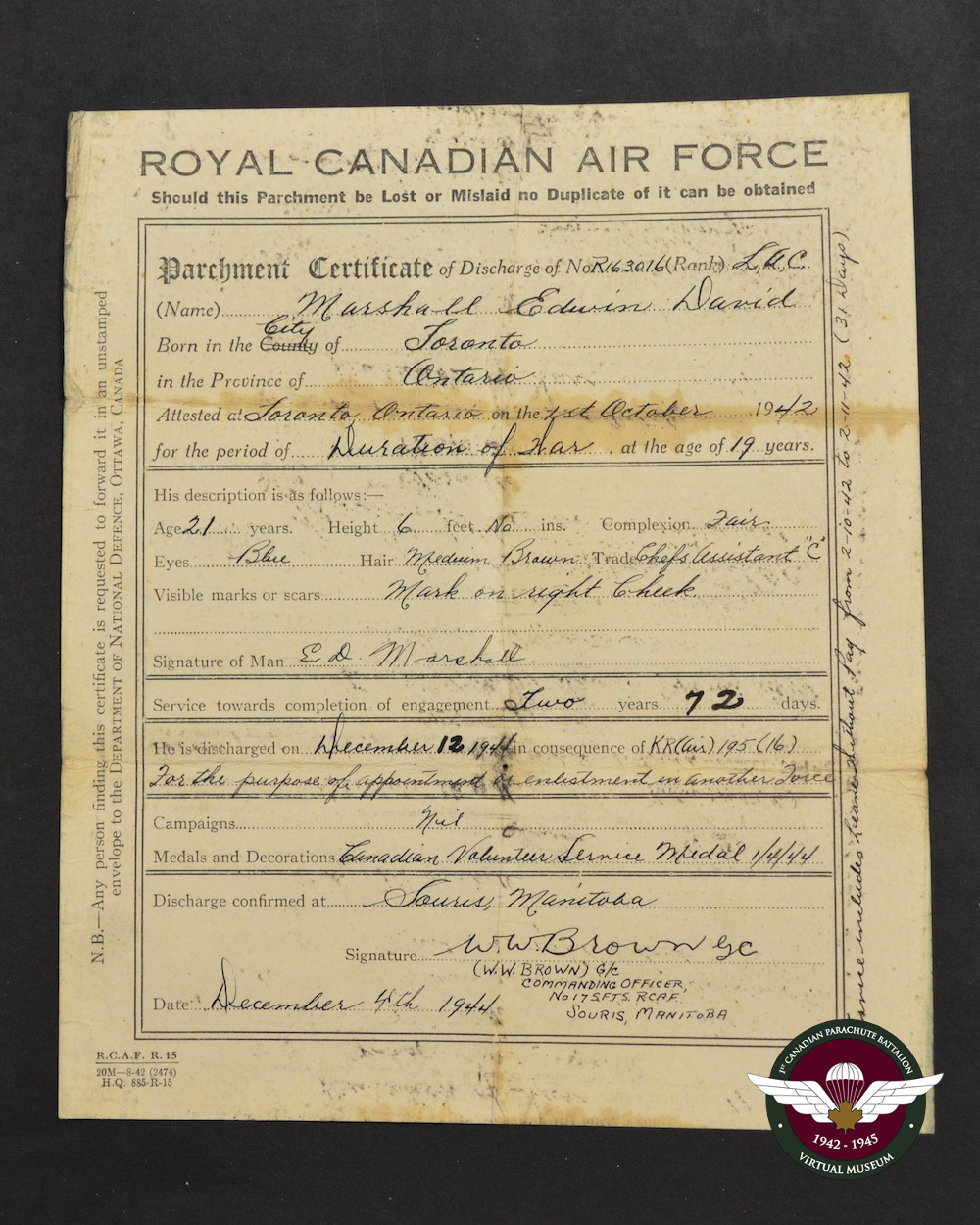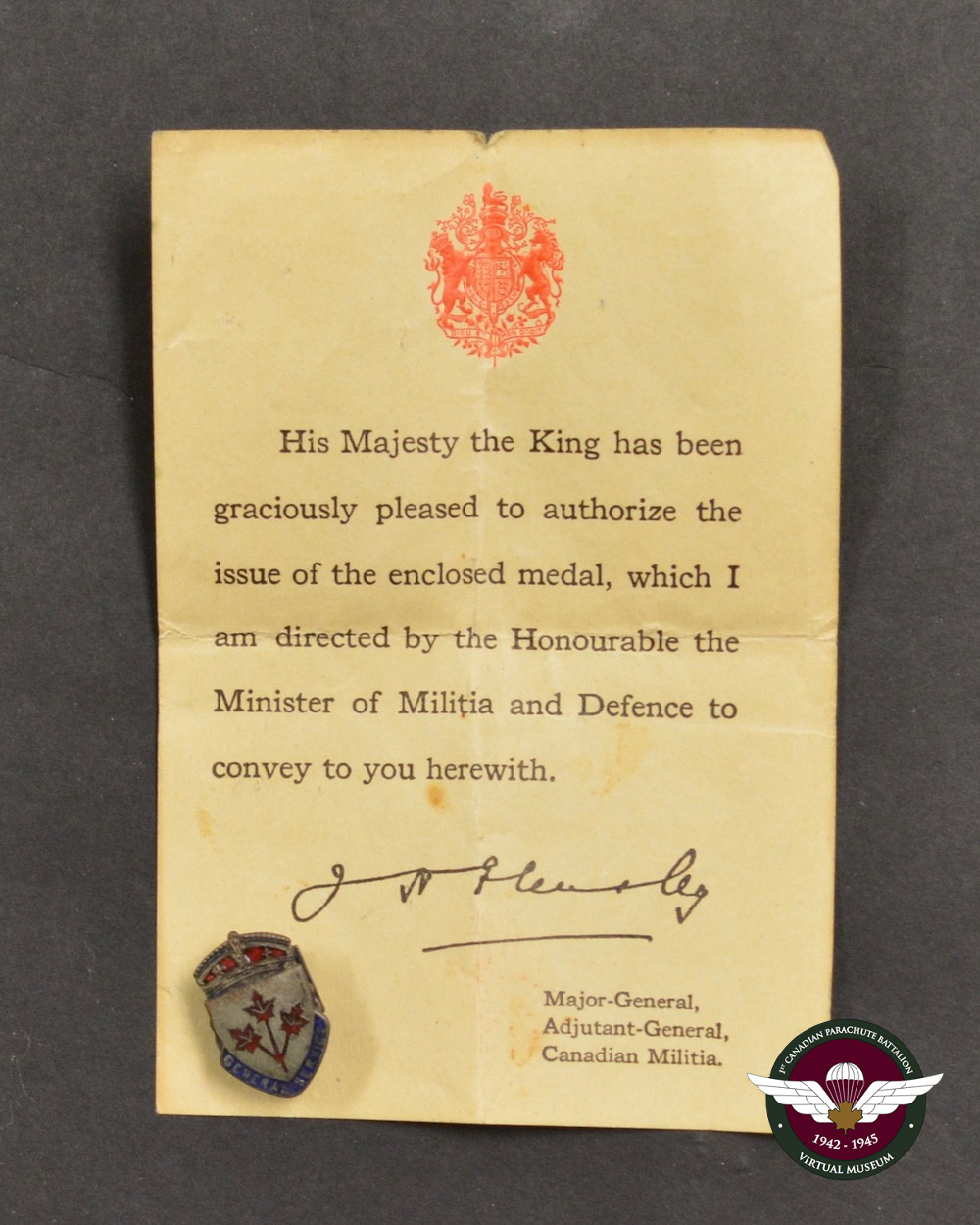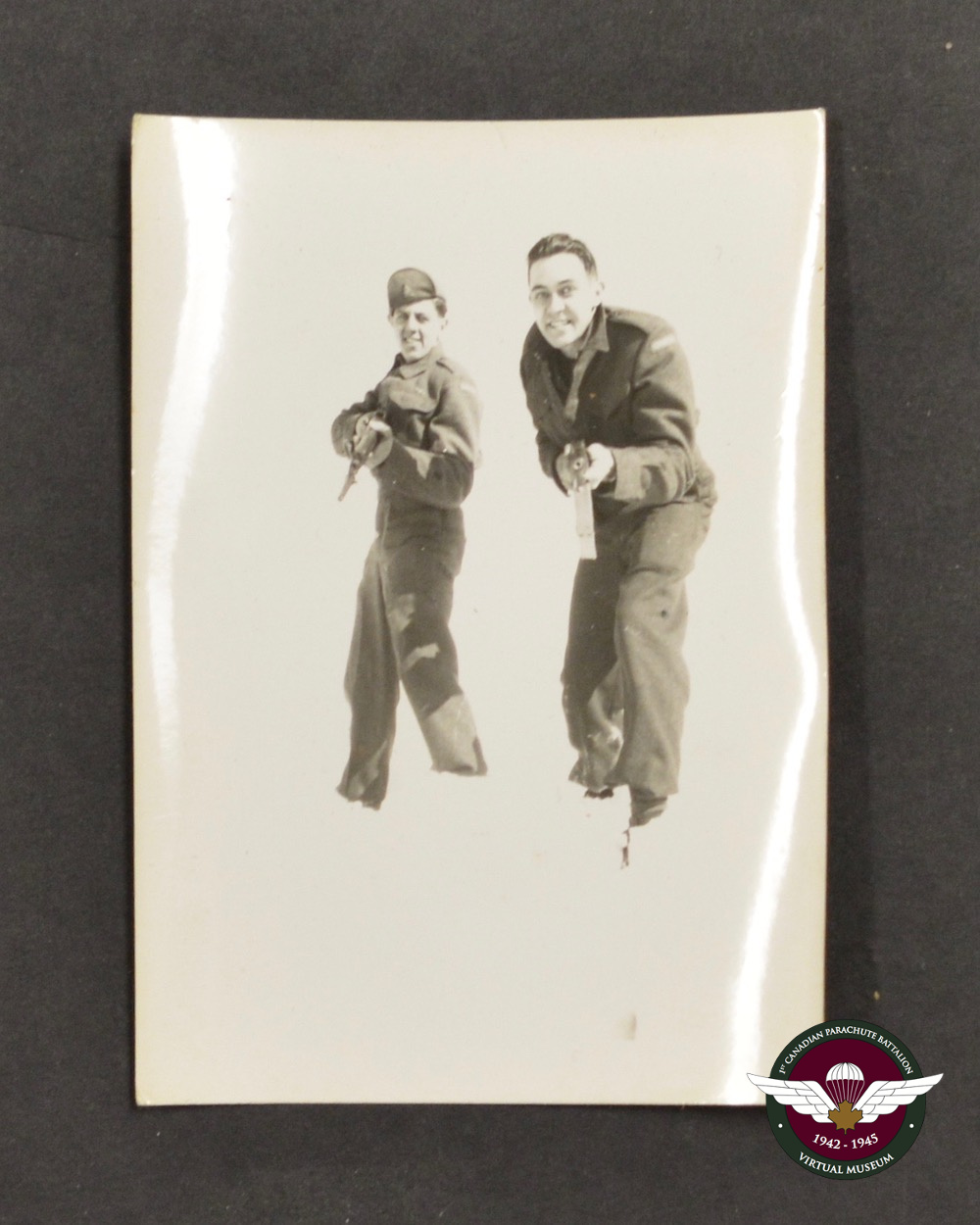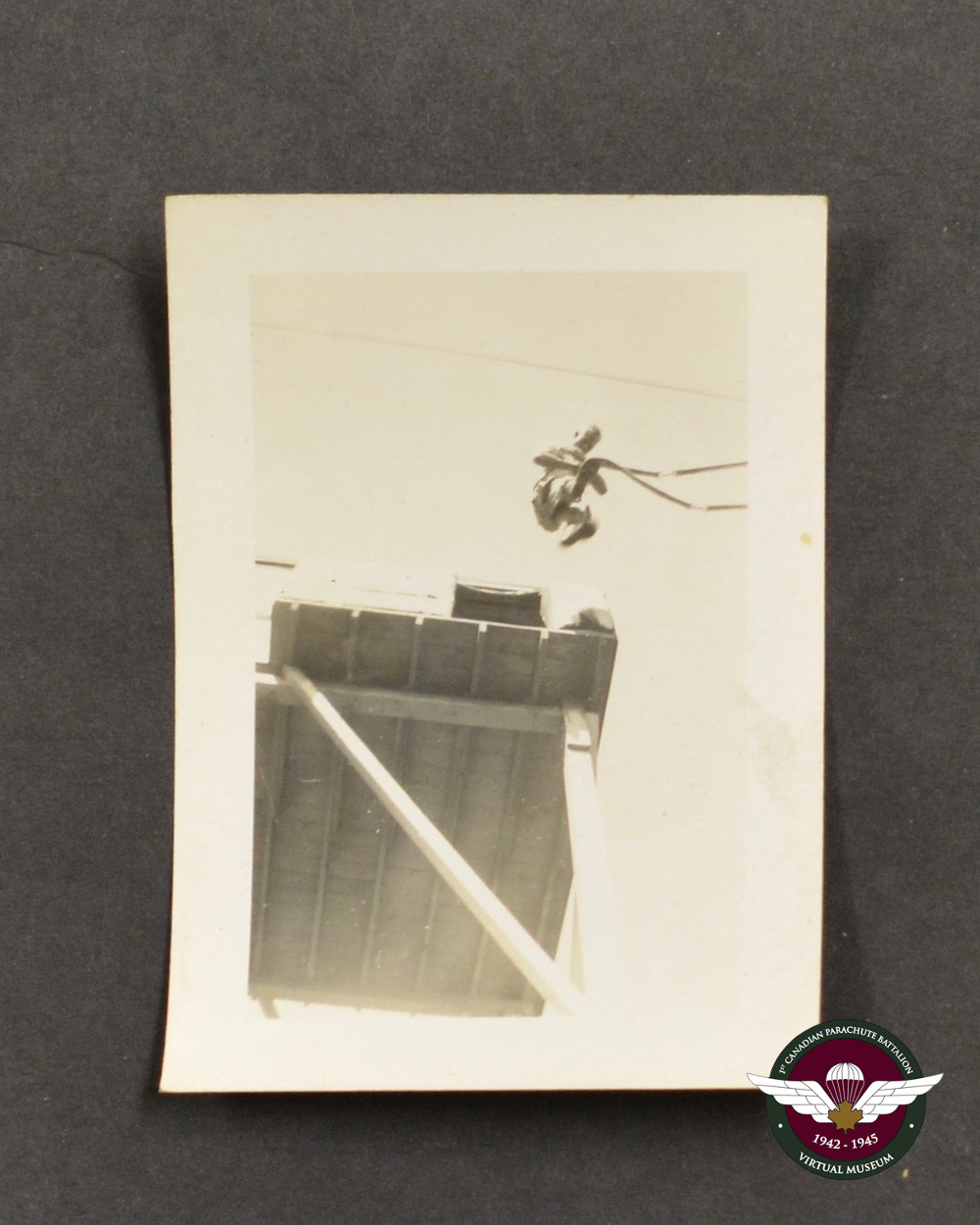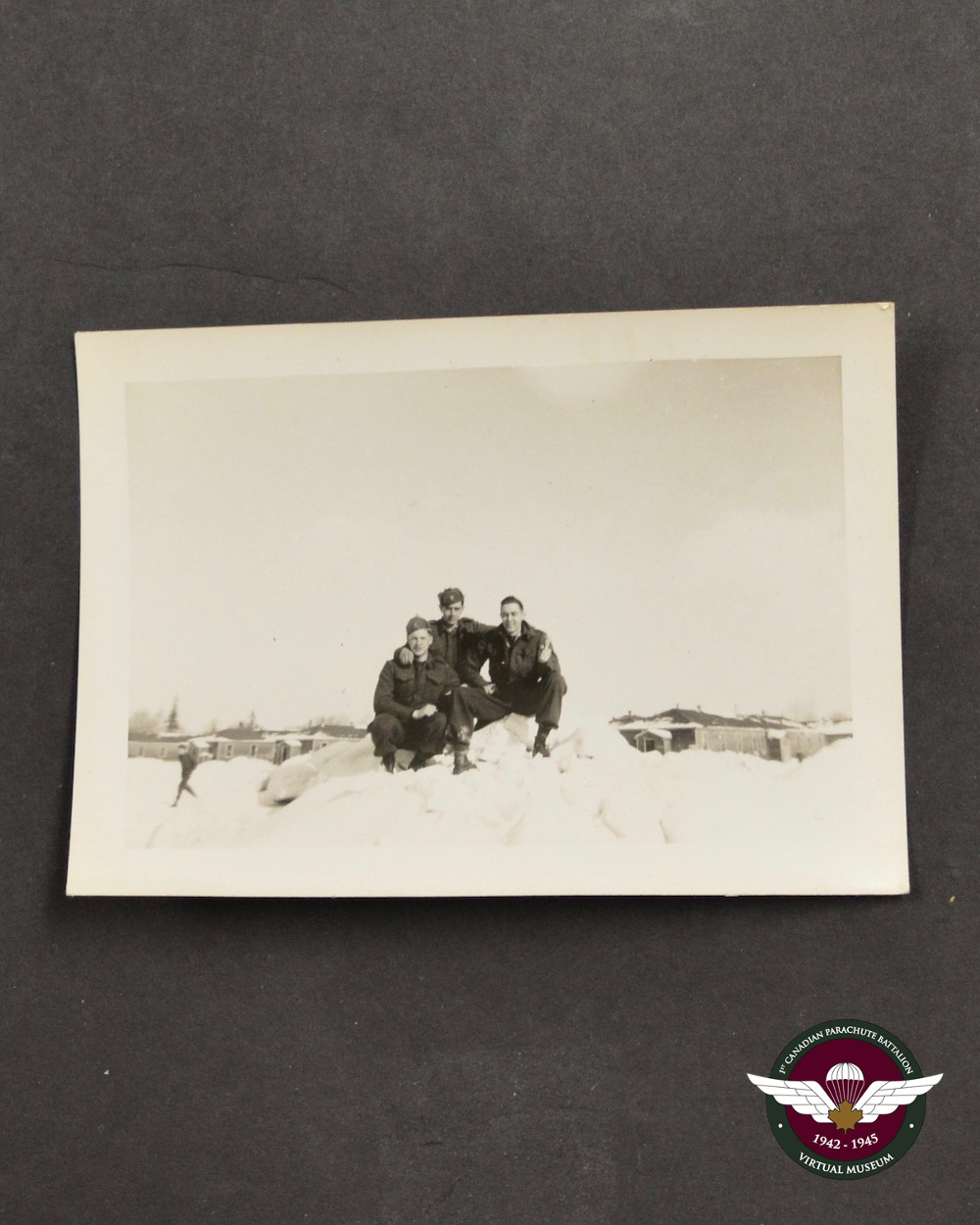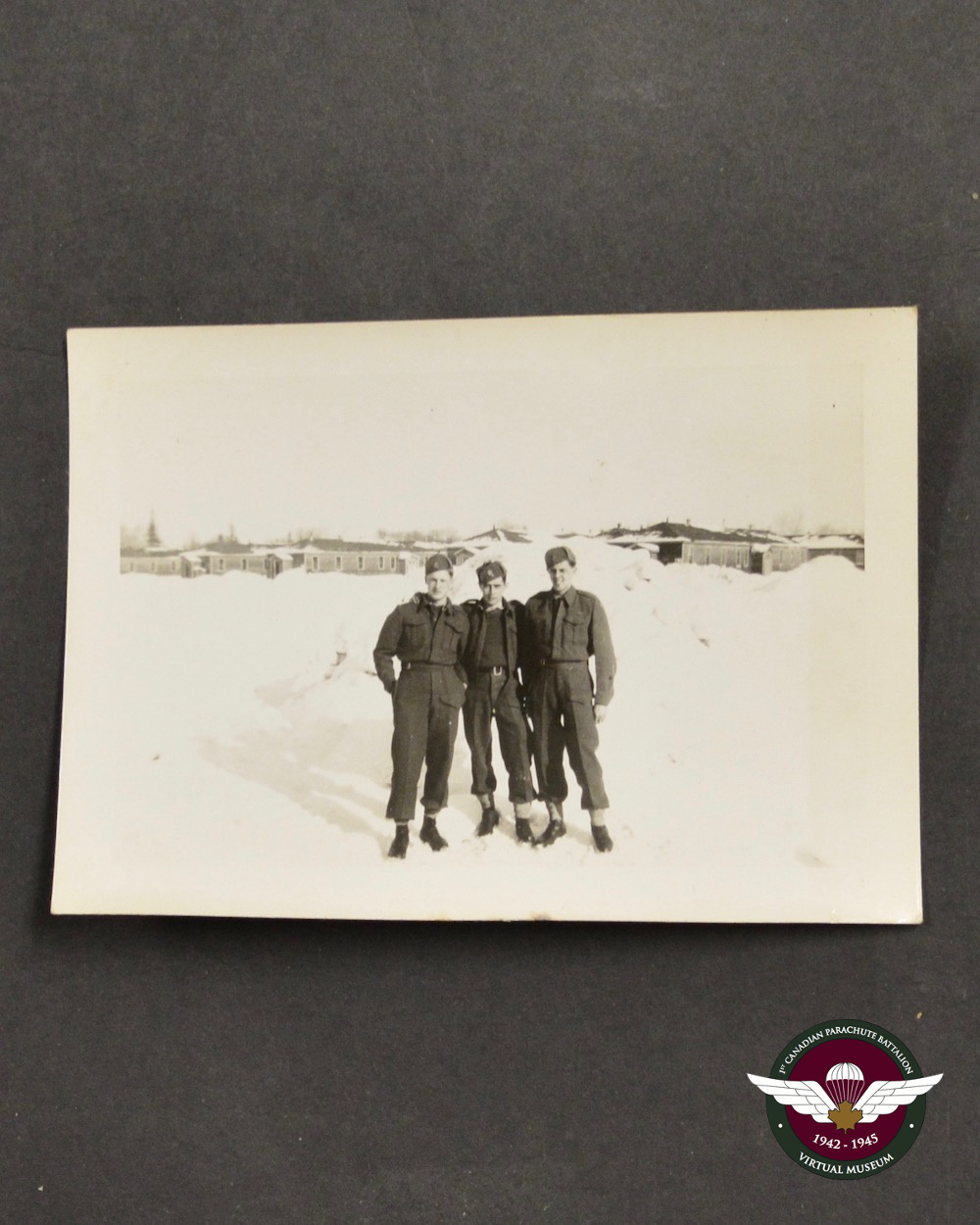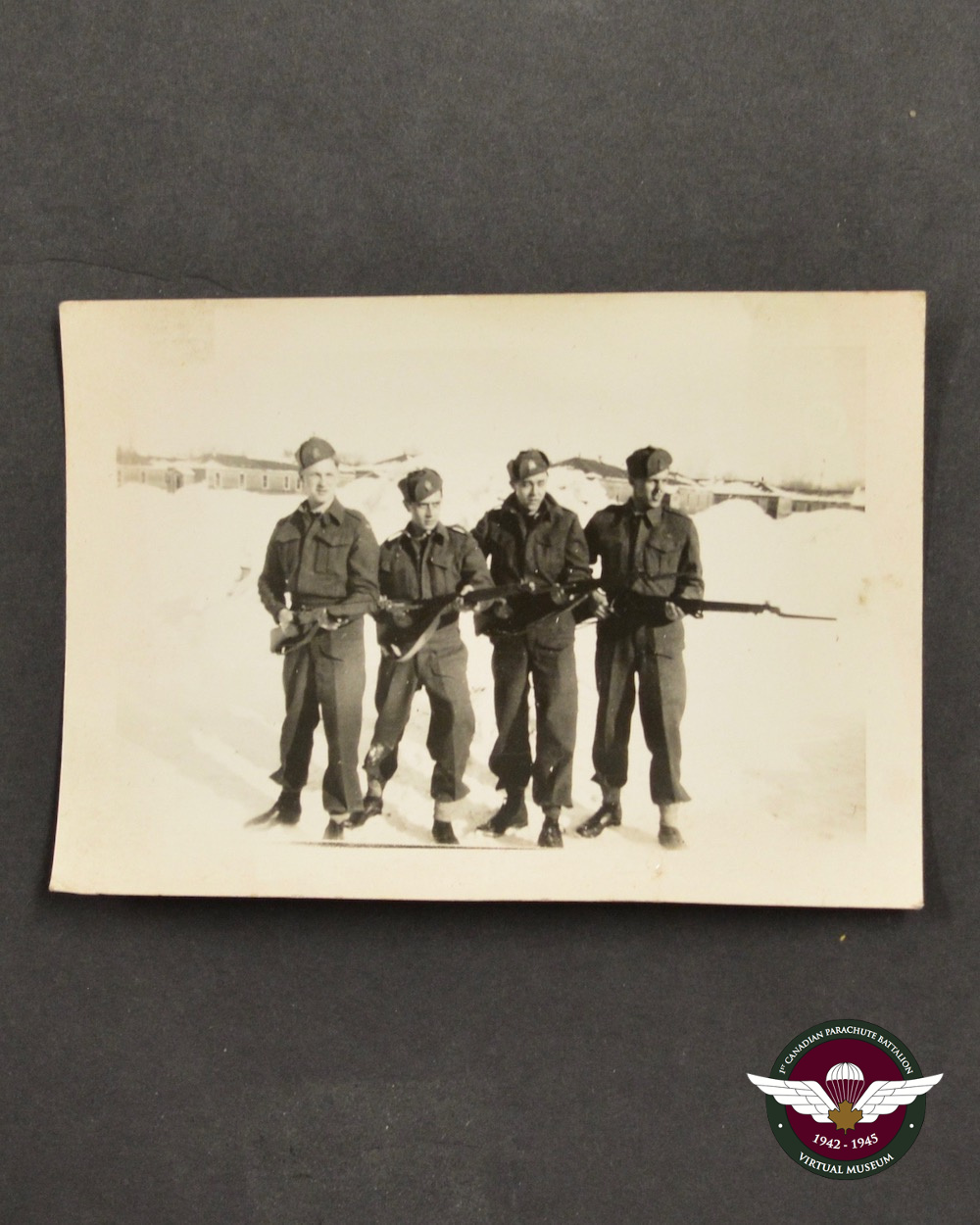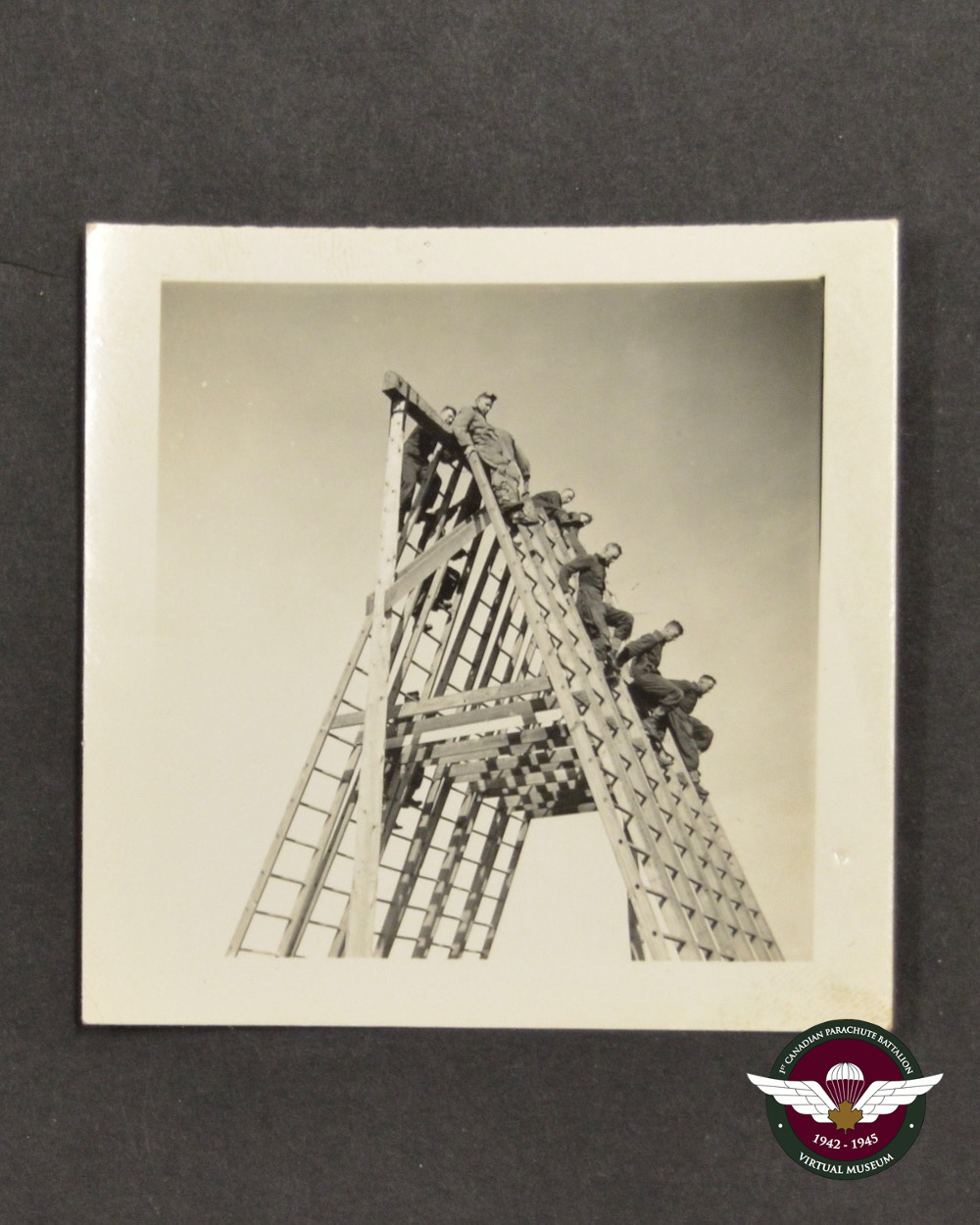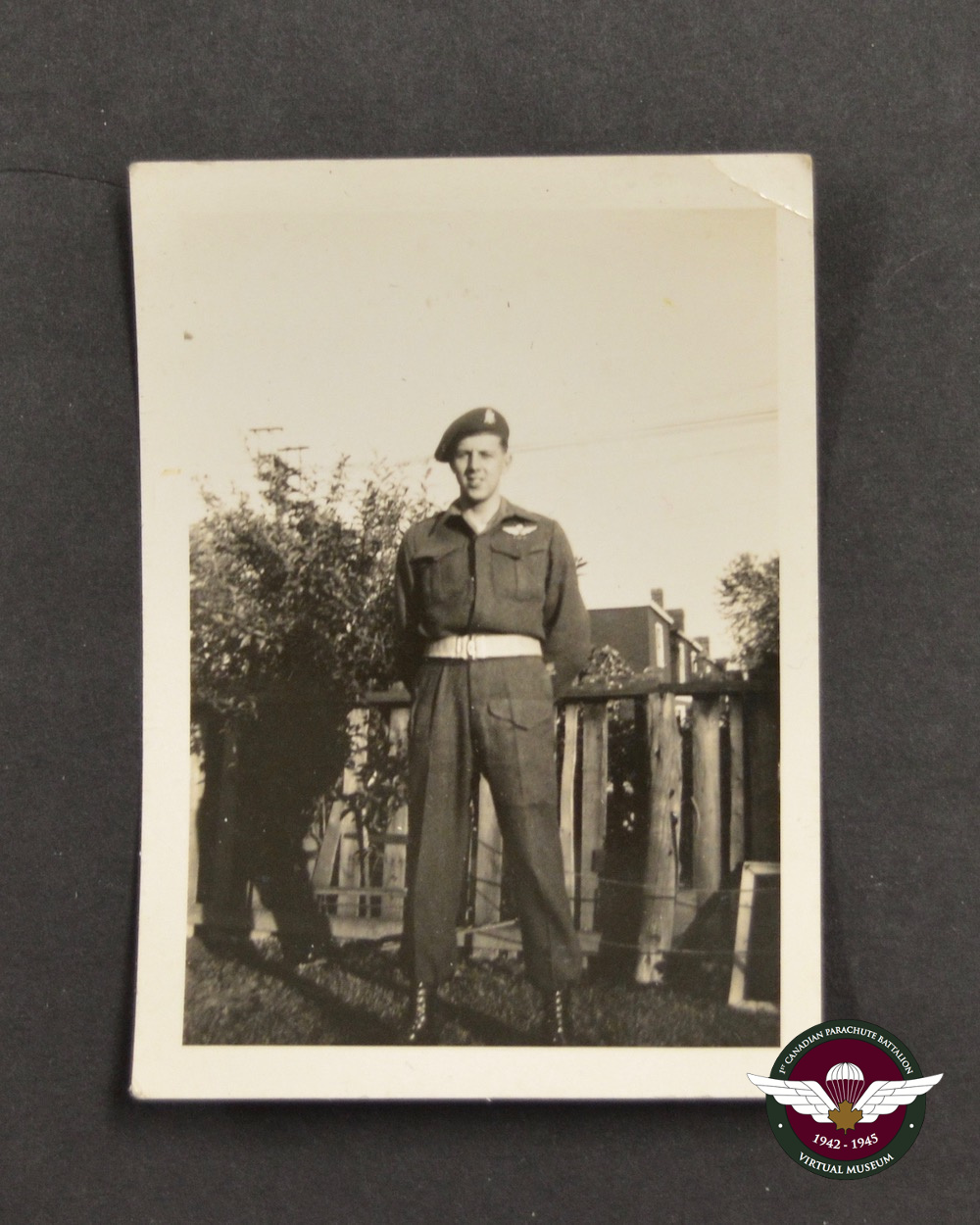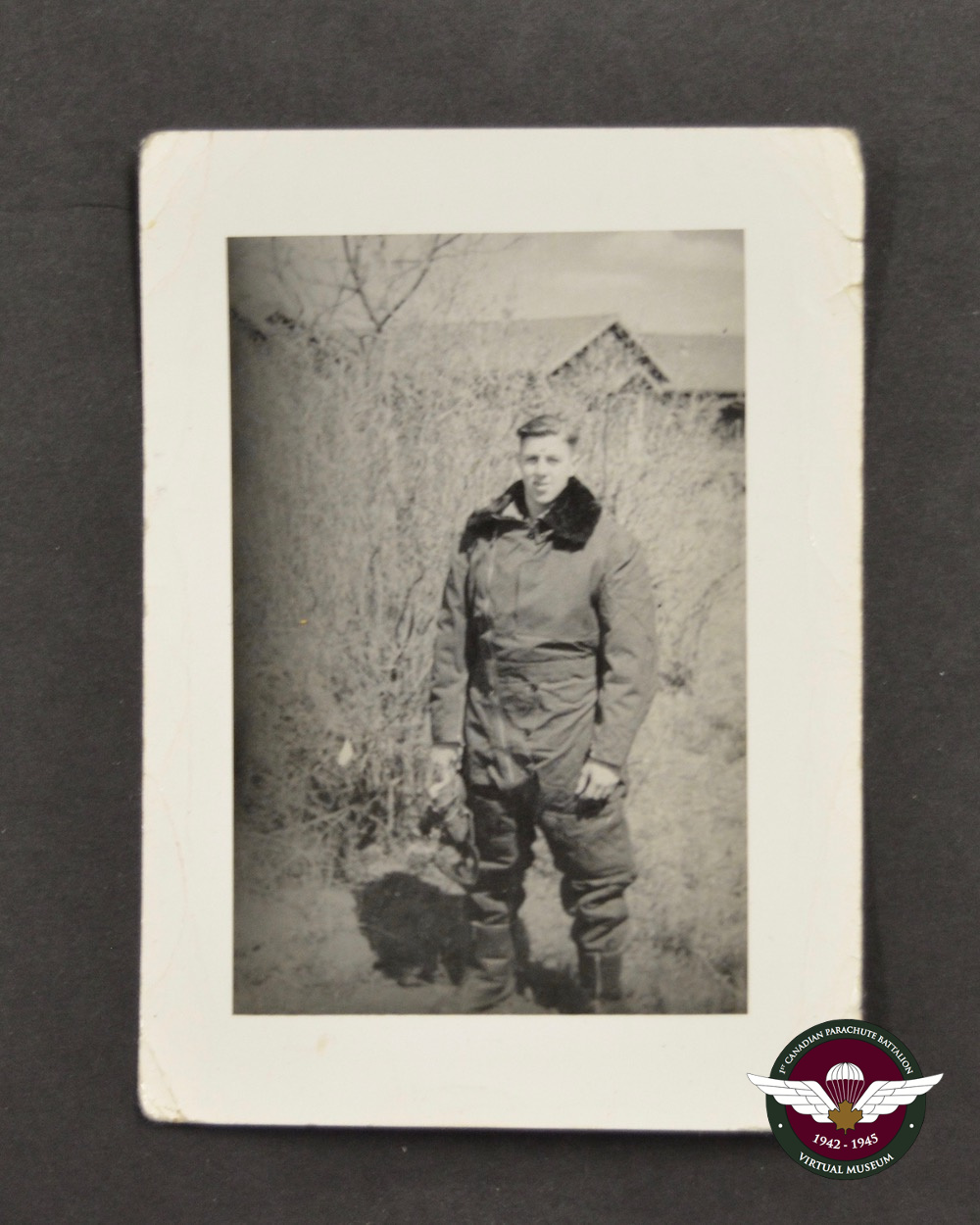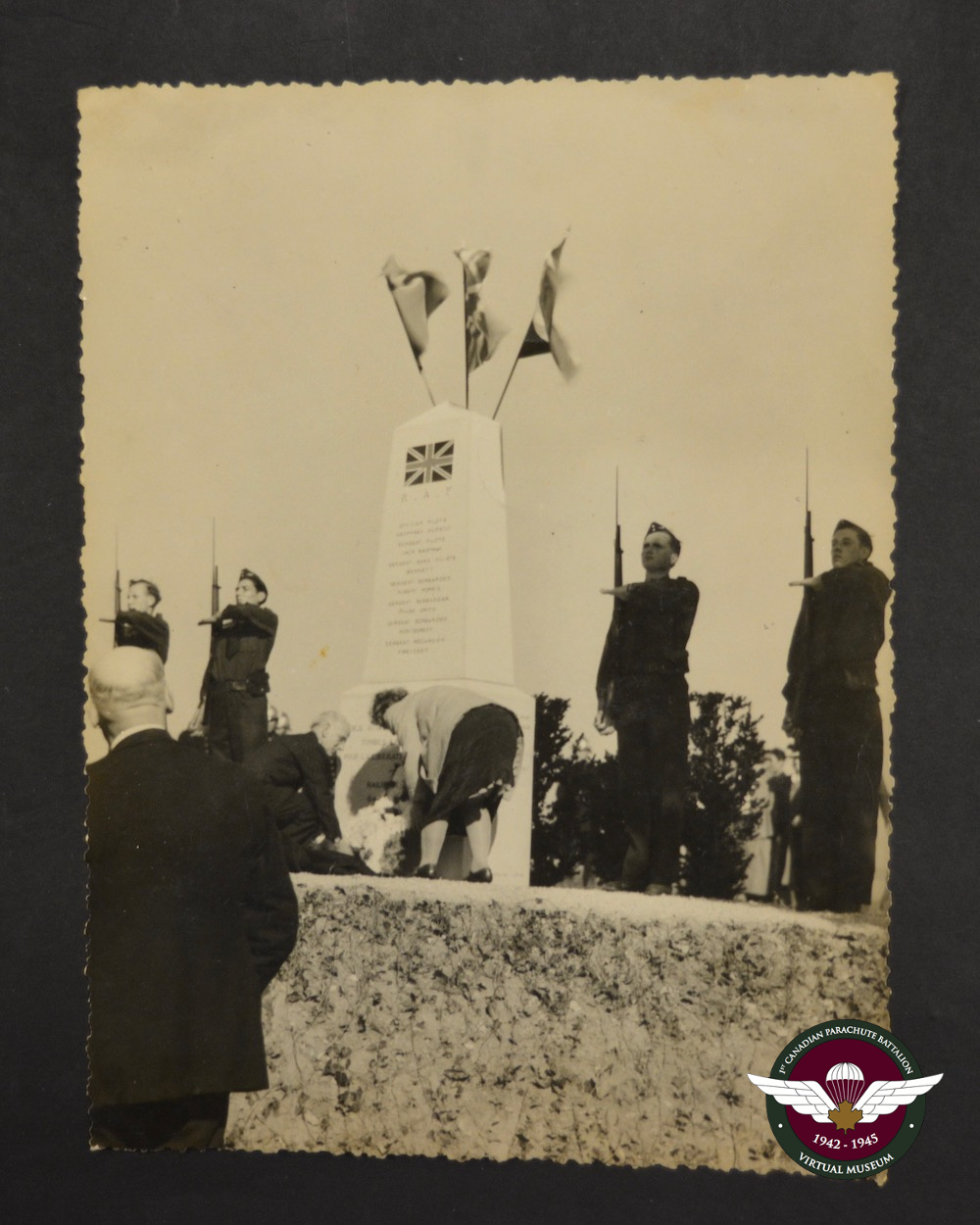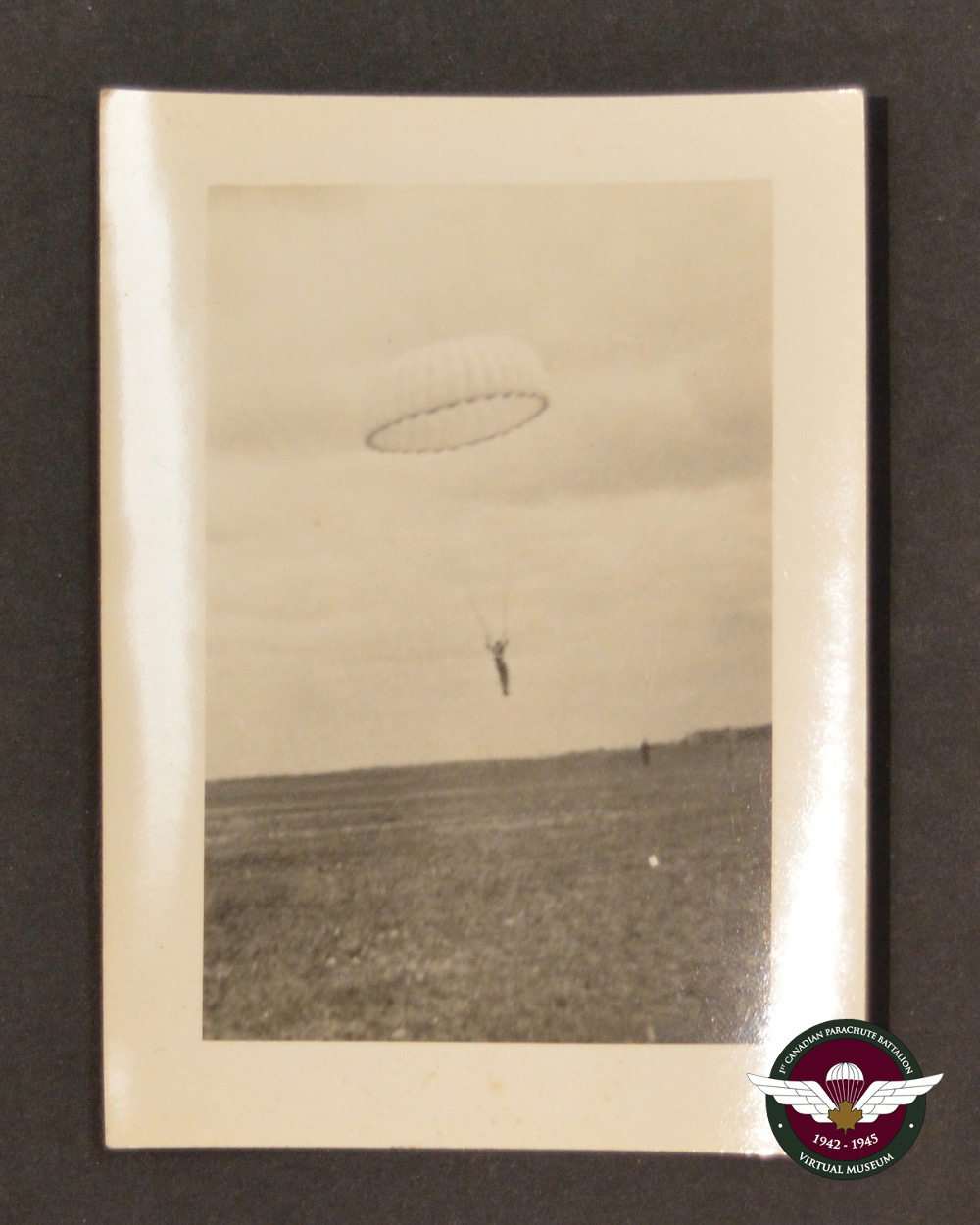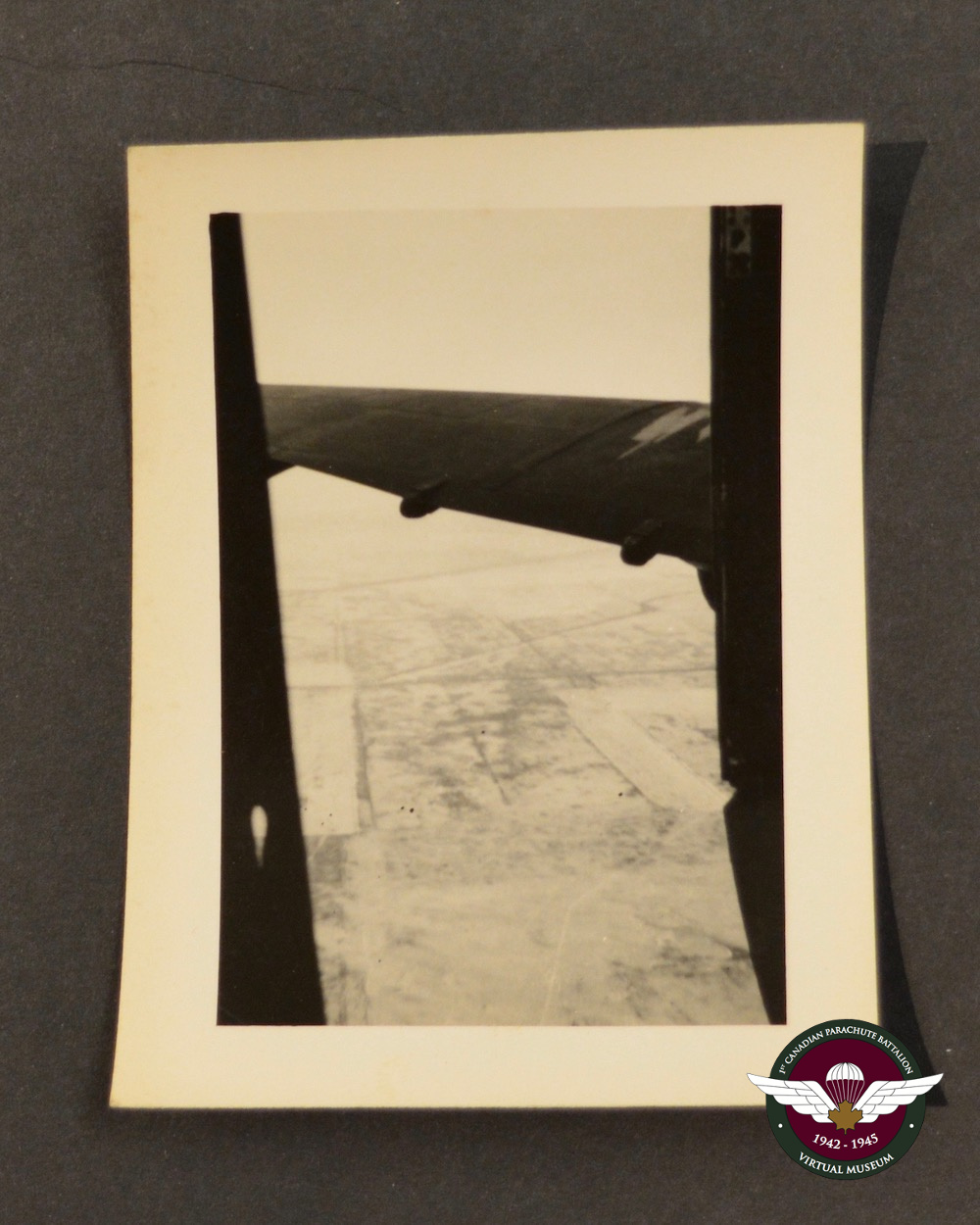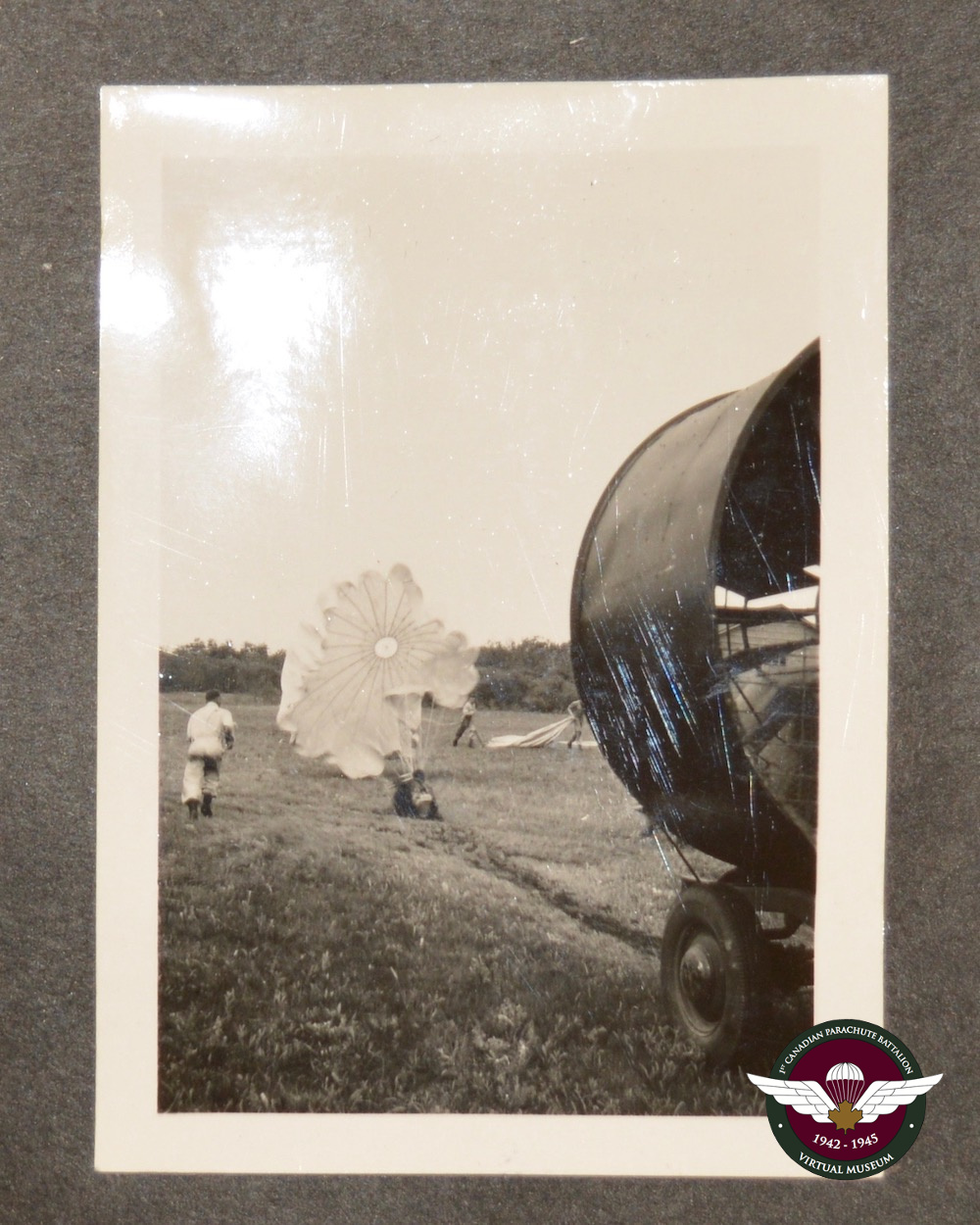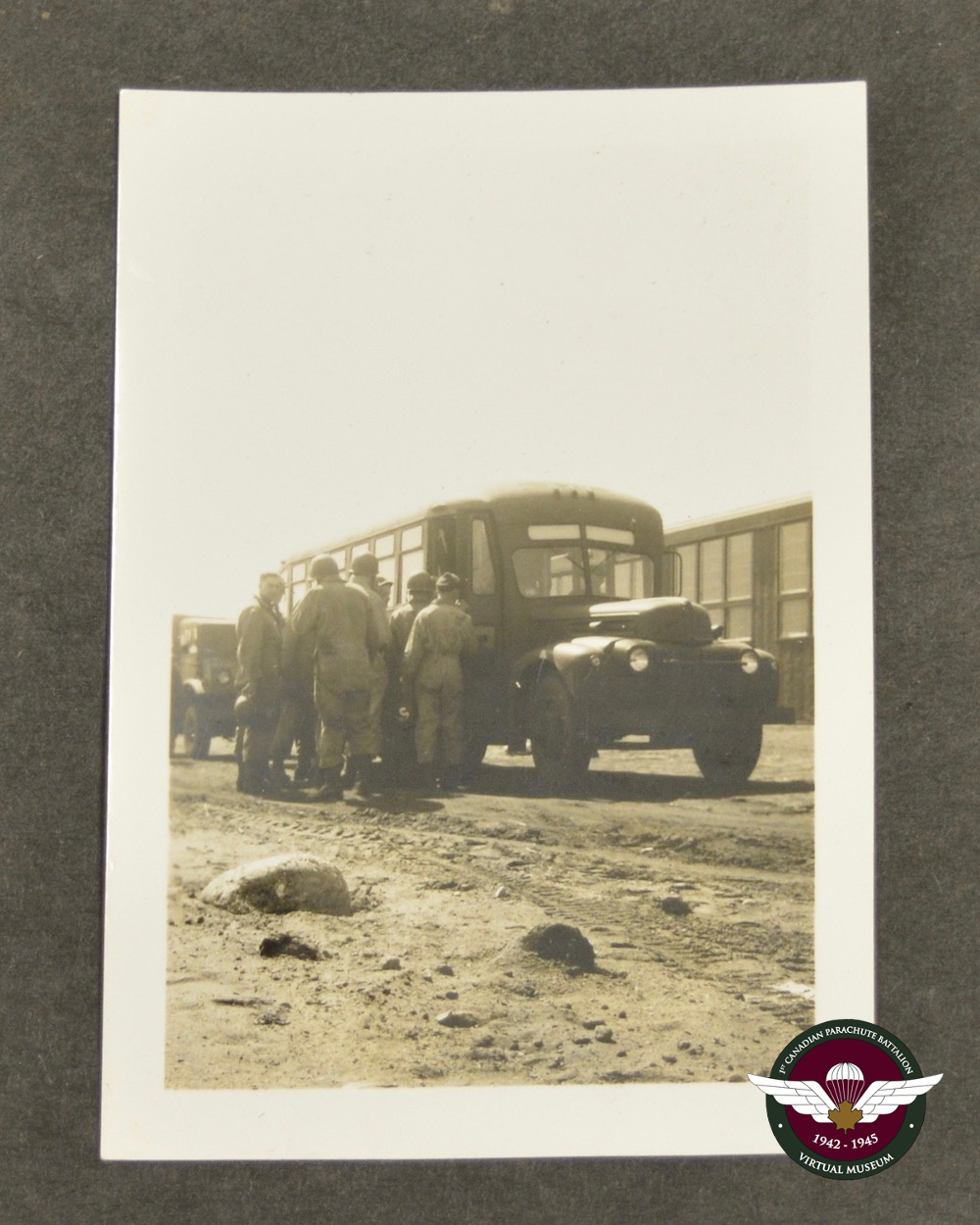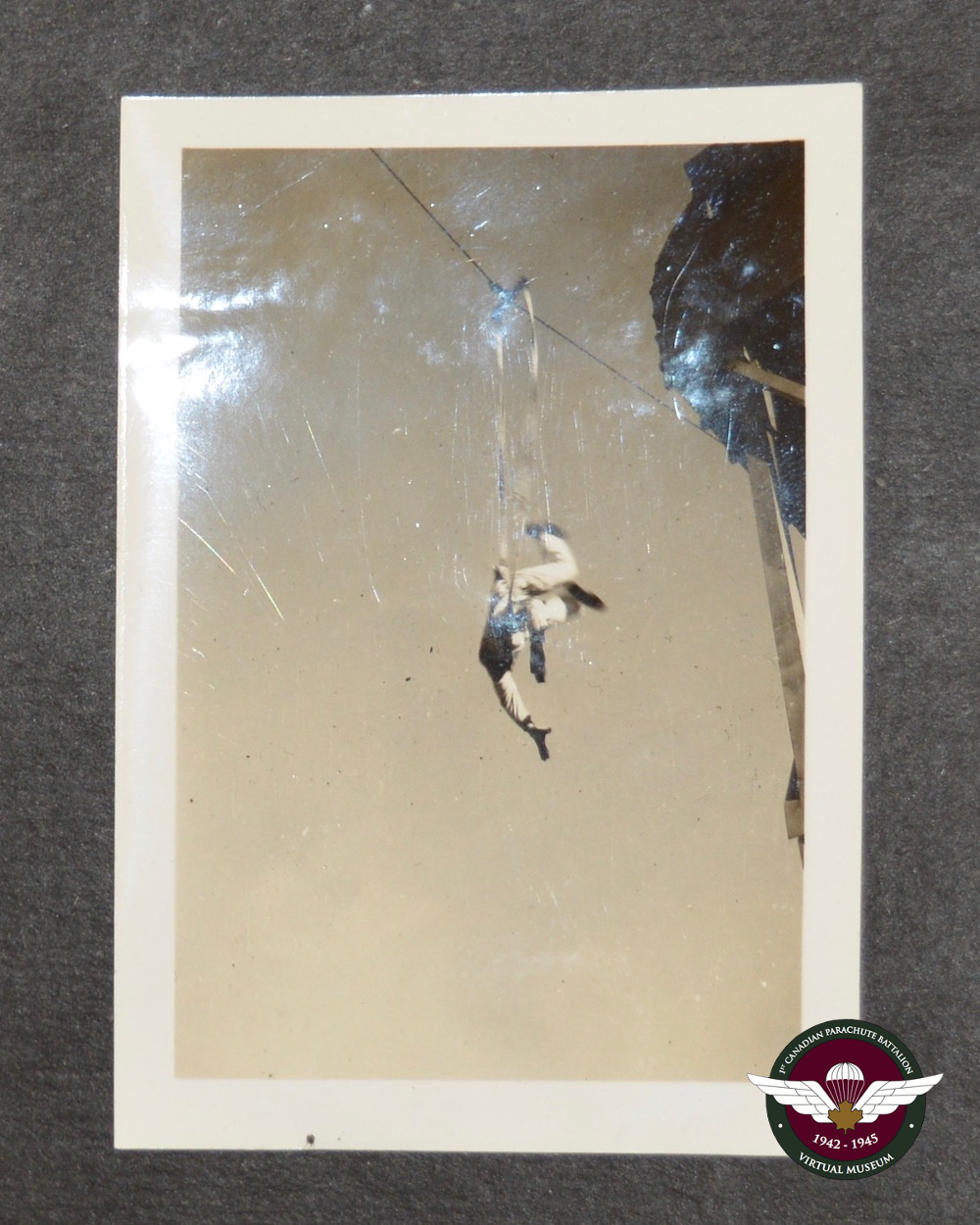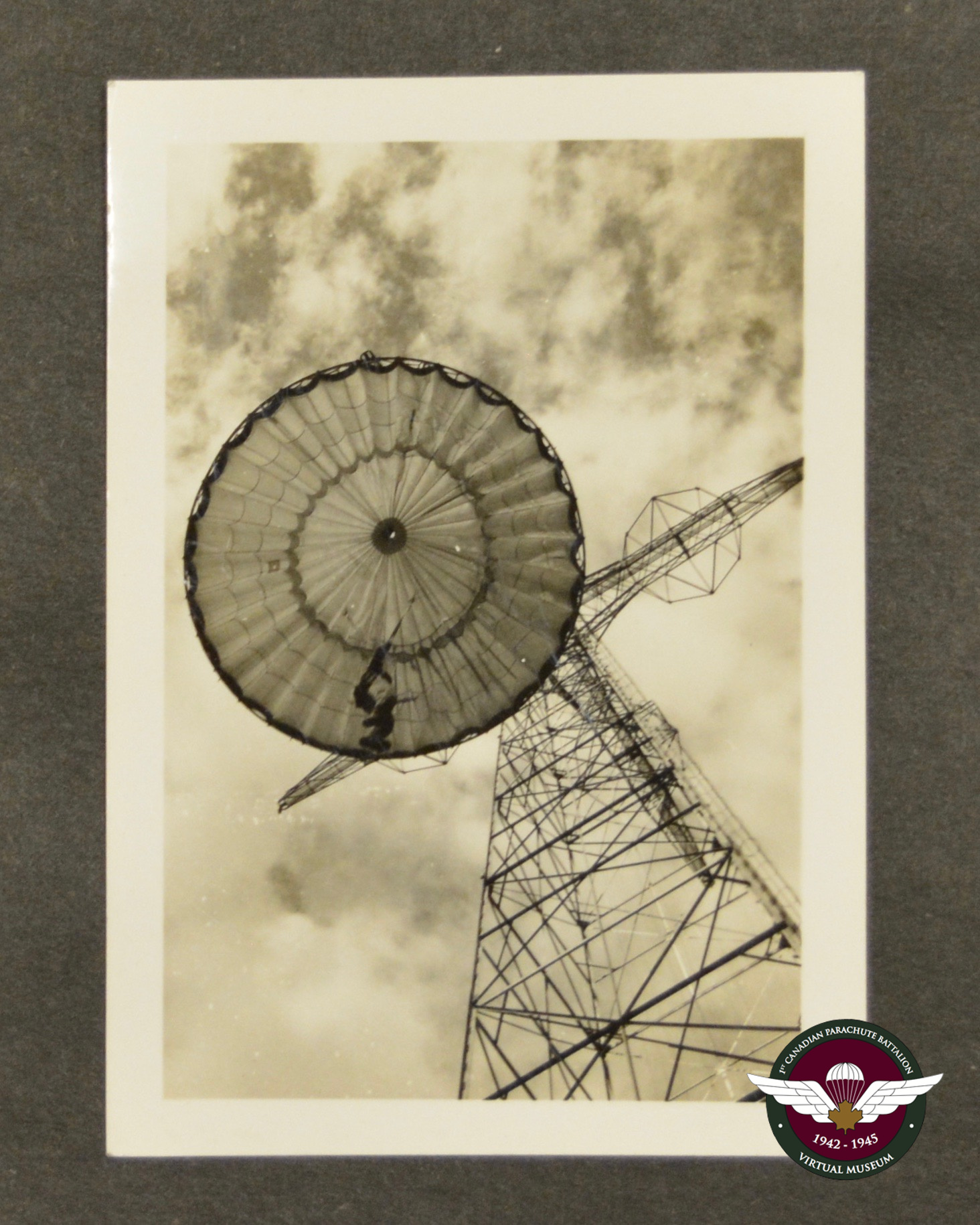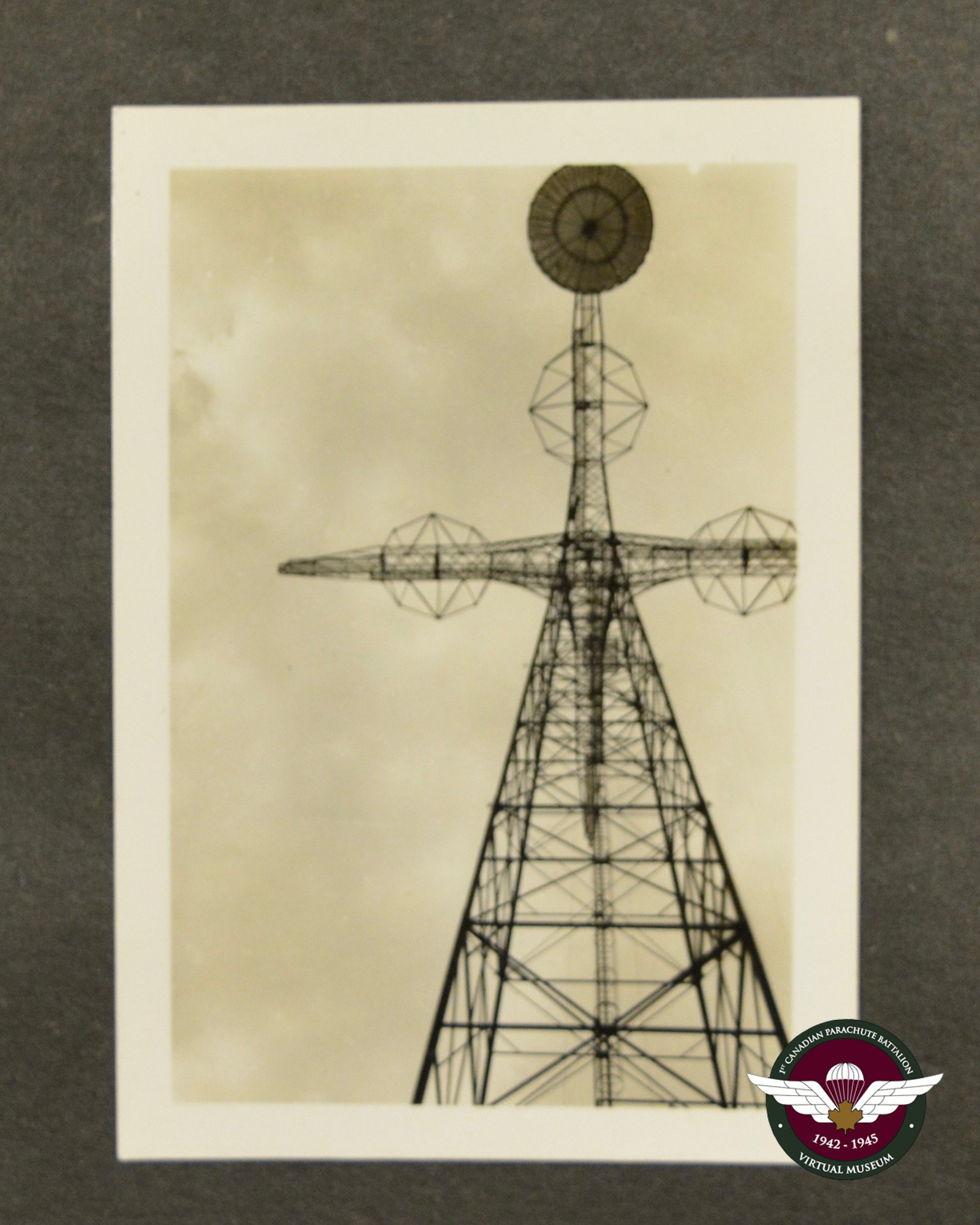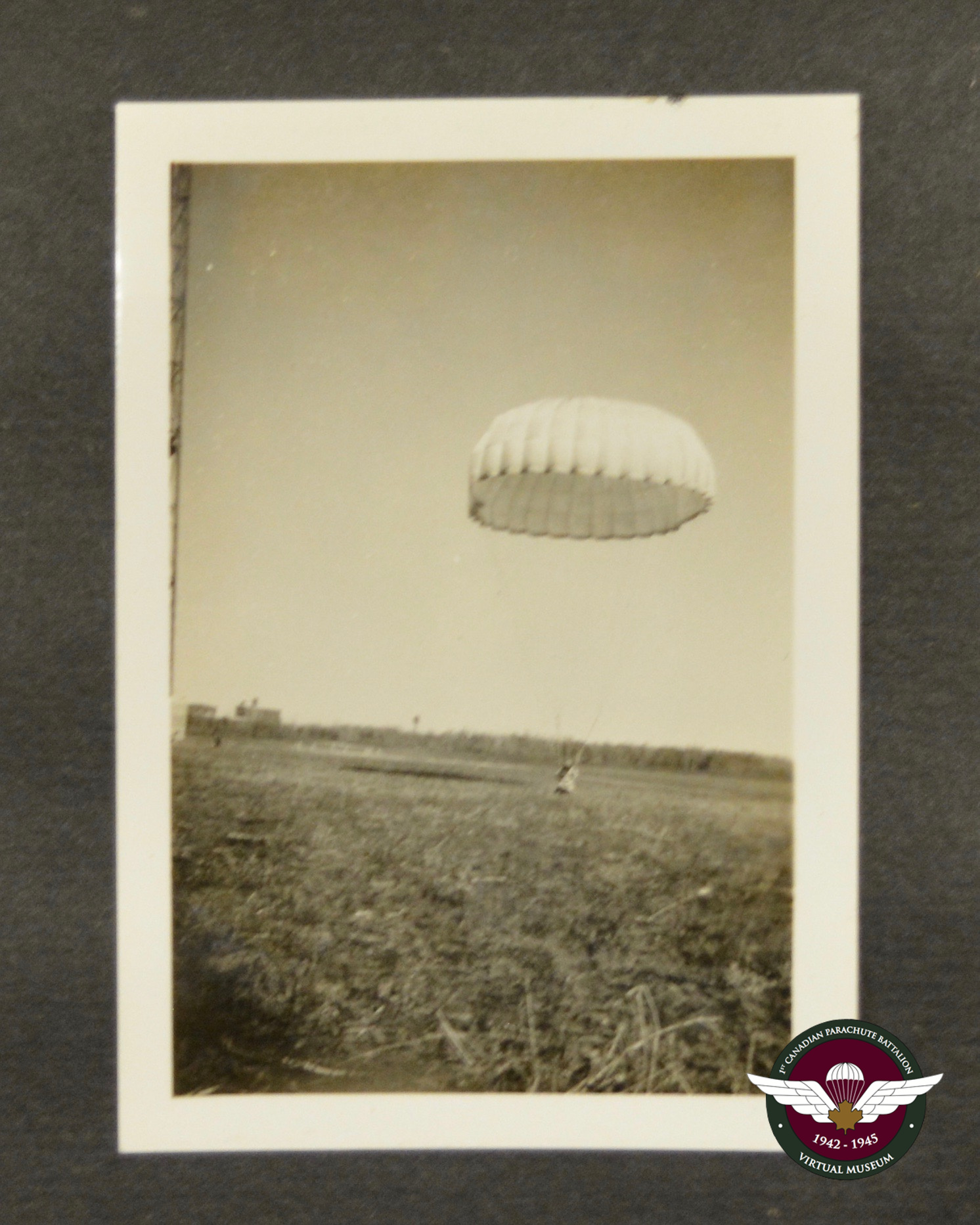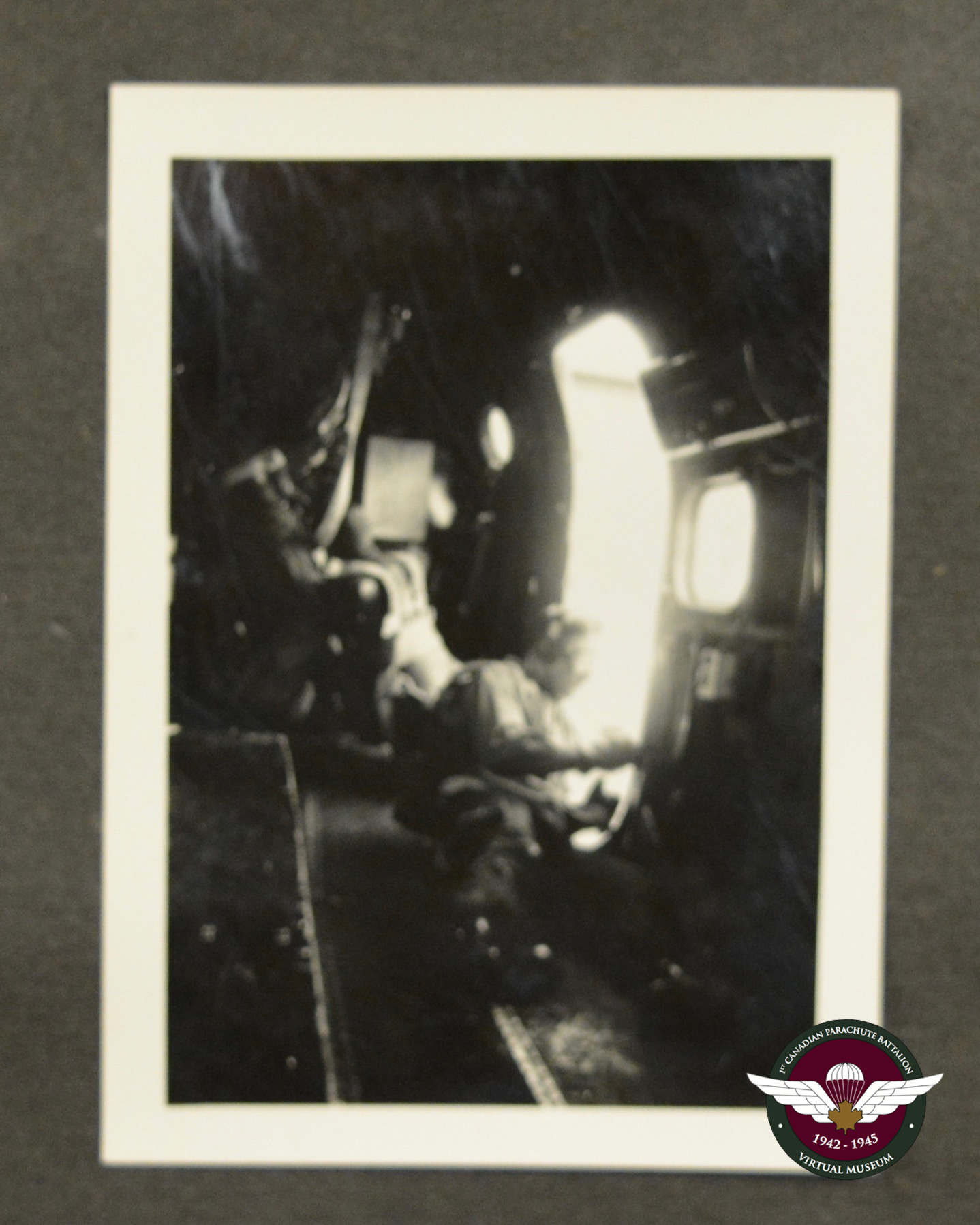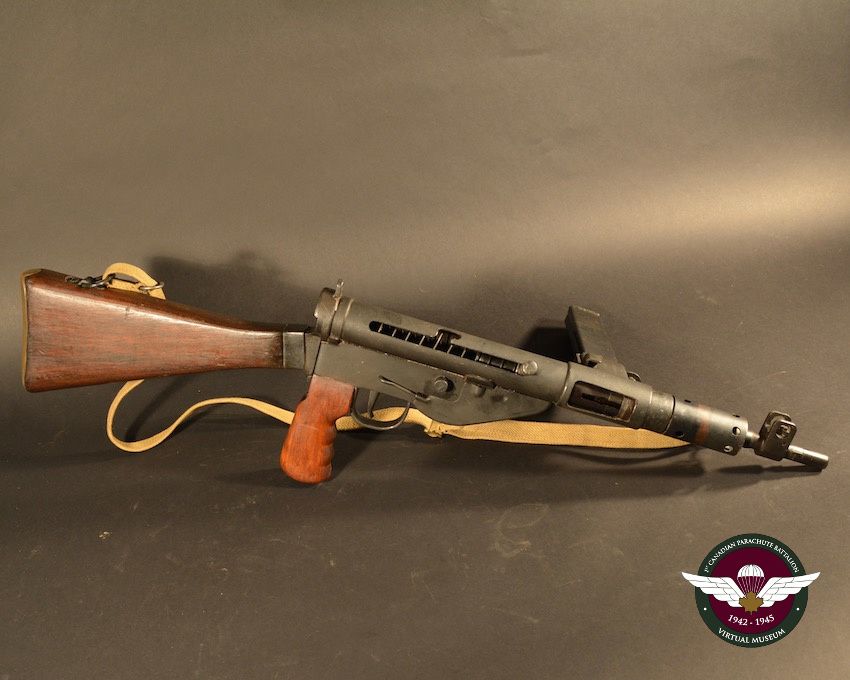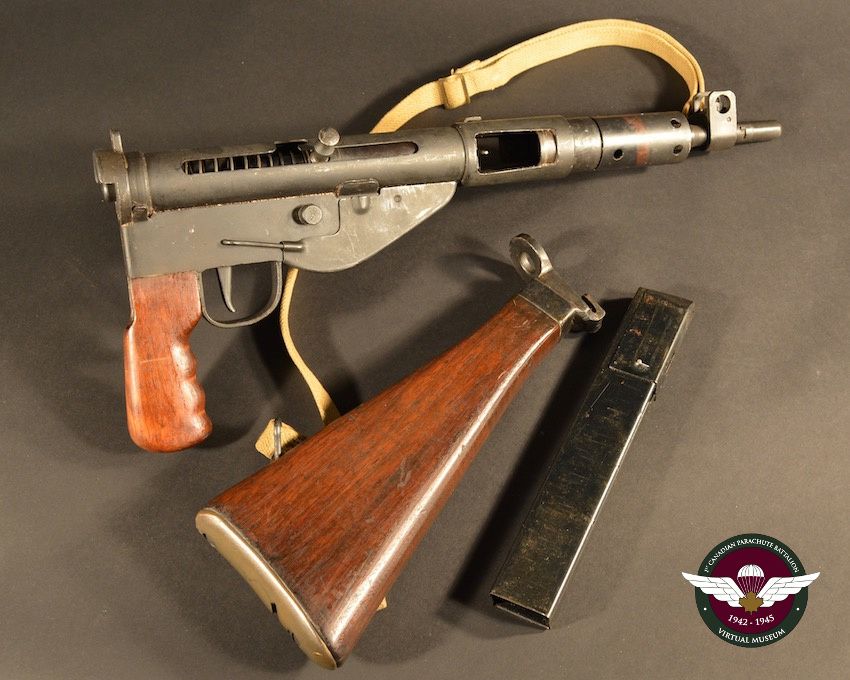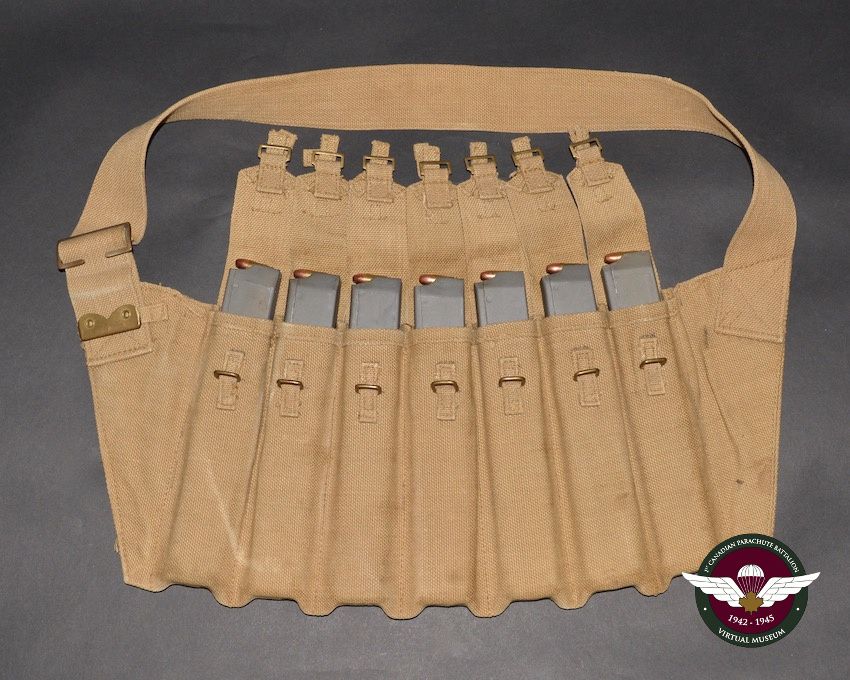Private Edwin Marshall
Edwin David Marshall was born in Toronto, Ontario on December 18, 1923. His parents were Daisy Hedge and Frederick Charles Marshall. Fred Marshall had served during World War I in the British Army. Ed had an older brother, who died before he was born of measles, and an older sister, Marjorie. Ed went to the Duke of Connaught Junior Public School and then Riverdale Collegiate. He played some sports – hockey and baseball. He attended school until Grade 10.
After leaving school, he went and worked in a jewelry shop – where he manufactured small bits of jewelry. Then he got a job at the Globe & Mail, where he delivered proofs, and worked on a proof press. Ed was 17 when he enlisted in the Army just before his 18th birthday. He was interested in the Air Force, but they told him that he needed to upgrade his education. He went back to school in Hamilton to complete the required course. Upon completion, Ed transferred units. He spent time in Ottawa, and then to Regina where he started his flying training. He flew a Cornell aircraft, which is a step up from a Tiger Moth. At the end of his course, Ed was qualified to go to service and train on the two-engine aircraft.
Ed got into some trouble while in the Air Force. He and his friend met a couple of girls at a dance, and they decided to take two planes, and go and ‘shoot up’ the town the girls lived in (i.e., fly over the town at a low height) to impress them. Ed clipped a wing on the plane but did not realize that it was torn underneath. He did not report the damage to the plane. He and his friend had been flying beyond the flight zone. Ed took the blame so as not to implicate his friend, and lied to his CO. Ed was reprimanded for endangering life by not reporting the damage. Ed was subsequently not able to graduate with his class. He watched his squadron from his jail cell, as they graduated. His friend became a flight trainer and was later killed when his plane crashed while training a student. This incident hindered Ed’s progress within the Air Force. His duties mostly included washing dishes, working in the mess hall, and everything for a year and a half. He tried several times and was unsuccessful in obtaining any overseas positions. His superiors told him that he was deemed untrustworthy, and this pretty well ended his Air Force career. His education officer arranged for the transfer to the Army.
He went to several training camps for the Army and then he learned about the paratroopers. He volunteered to join them and completed the battery of testing required. Once accepted, he went to Shilo, Manitoba to take the Parachute course. Ed dropped down to 156 pounds (at 6’2”) due to the daily physical conditioning and because they had to run everywhere. He graduated on May 26, 1945, and became a proud member of the Paratroopers. Ed acknowledged that he did enjoy the Army more than the Air Force, as it tested him physically, and was stricter. In training, Ed completed 6 parachute jumps to become fully trained. After graduation, he went on embarkation leave. During this leave, the war in Europe ended. Ed returned to camp and enlisted for Pacific training at Camp Borden in Barrie, Ontario. The US sent American soldiers to camp to train the soldiers on American weapons. While at Camp Borden training, they received the news about the victory over Japan, and the end of the war. The camp went wild with celebration (VJ Day). Ed was on guard duty during the VJ Day celebration. Soon after that, Ed was honourably discharged from the Army and sent back to civilian life.
Ed returned home to Woodfield Rd. to live with his parents and went to work at the Globe and Mail to begin his six-year apprenticeship as a printer. After his career at the Globe and Mail ended due to automation, Ed worked at University of Toronto Press. He later went on to establish a renovation business.
On the personal front, in his early twenties on a trip to Haliburton with a friend, he met and later married a young woman named Maureen M. Gibson (Molly). They exchanged vows on September 15th, 1949. They had four daughters (Maureen, Wendy, Colleen, and Janice). Ed and Molly raised their children and then watched their 12 grandchildren grow up. Molly and Ed spent their married life in two houses in Toronto, one on Milverton Blvd and the other on Durant Avenue. They treasured over 60 years of summers spent at their cottage on Chandos Lake. Molly died of natural causes at the age of 93 in April of 2020. Ed currently lives in Toronto at the Sunnybrook Veterans’ Centre Hospital and celebrated his 100th birthday on December 18th, 2023.
Information and artifacts courtesy of Edwin D. Marshall.
Sten MkV Submachine Gun
The Sten submachine gun can be found in several models, the one pictured here is a Sten MKV, produced for the Paratroopers. It was an inexpensive firearm to produce, costing less than $10.00 per unit. It chambered a 9mm cartridge with a firing rate of 550 rounds per minute and an effective range of 100 yards. Also shown is a magazine pouch or bandolier that allowed a soldier to carry additional 30-round magazines. Private Marshall trained with a similar Sten MkV Submachine gun during his service in World War 2.
